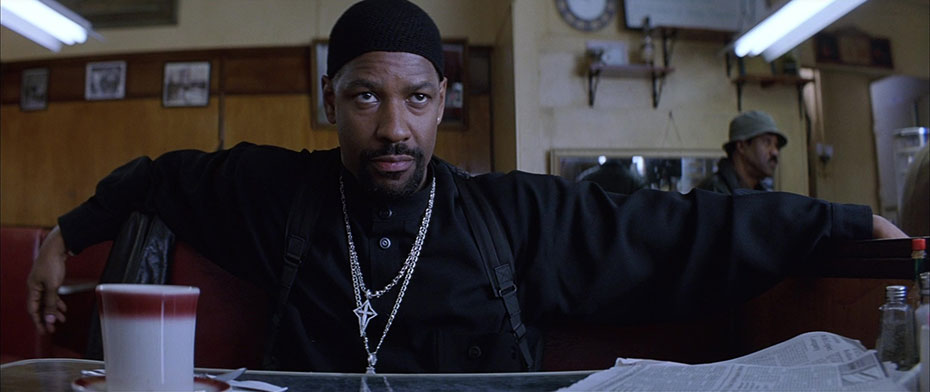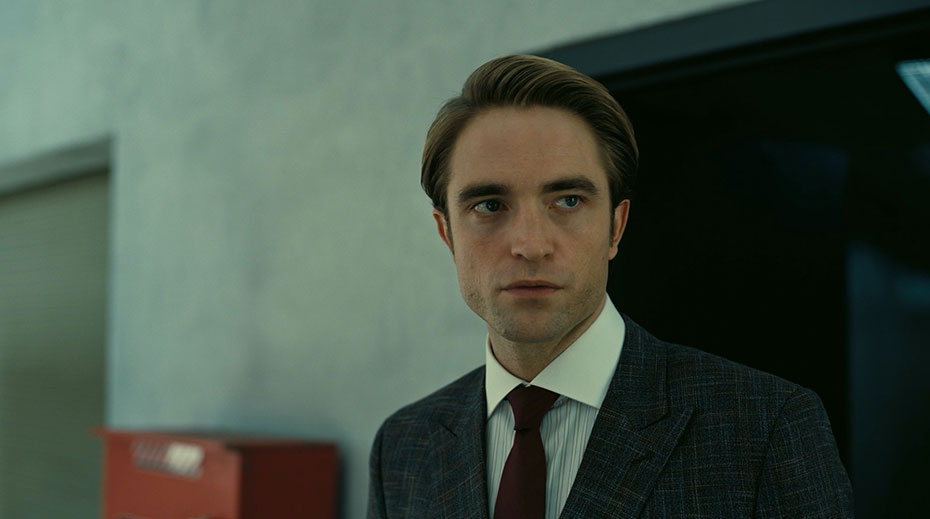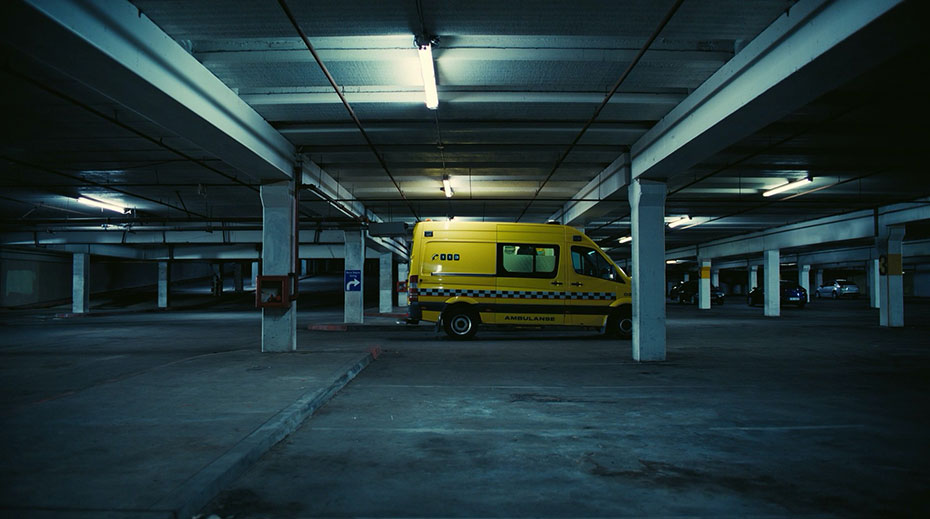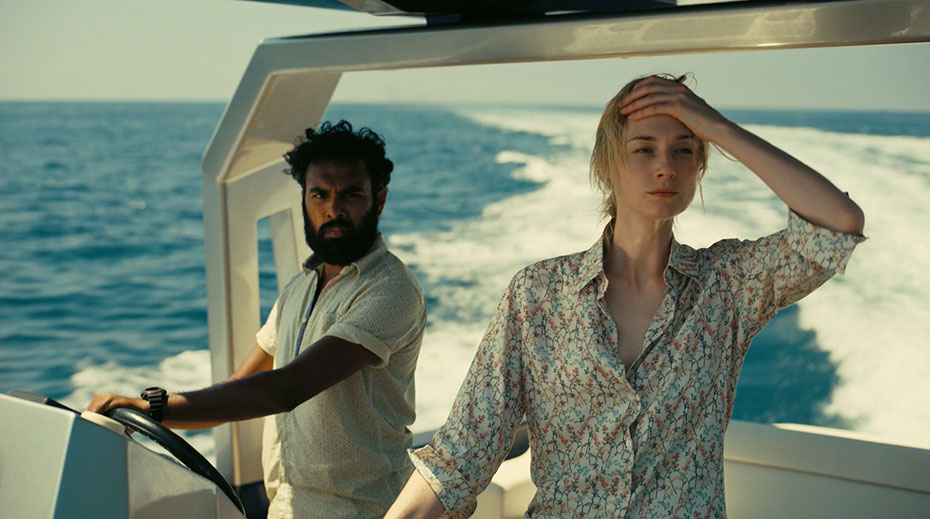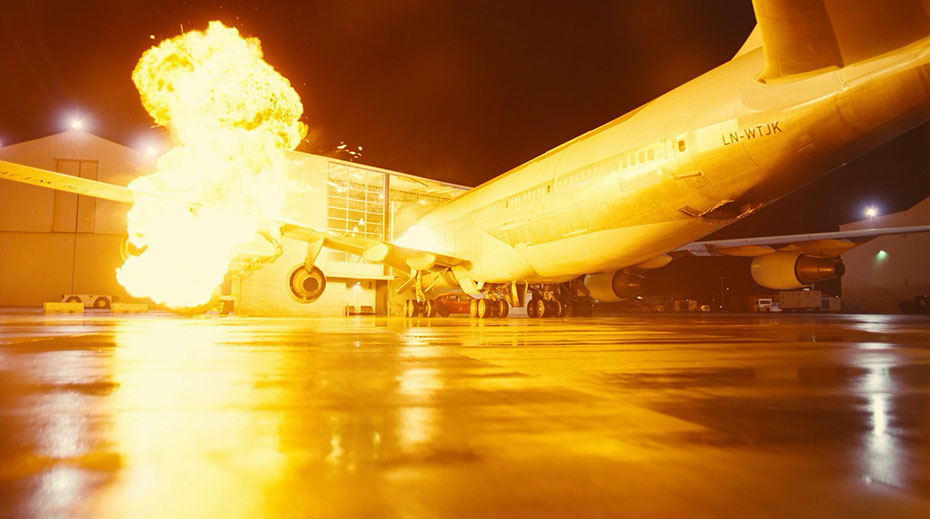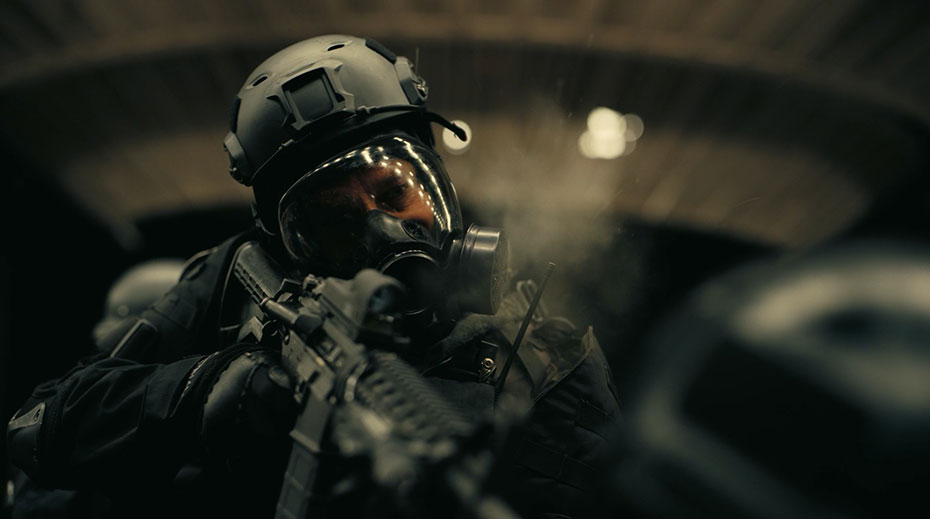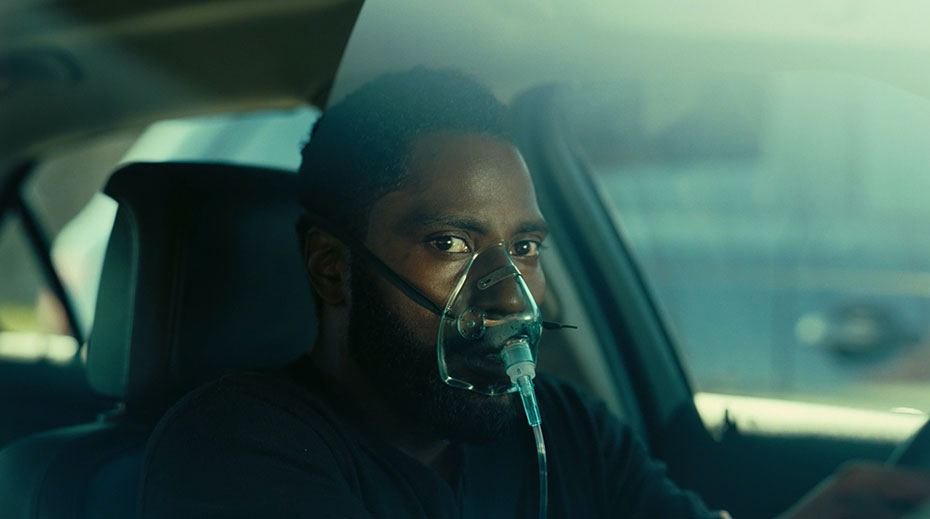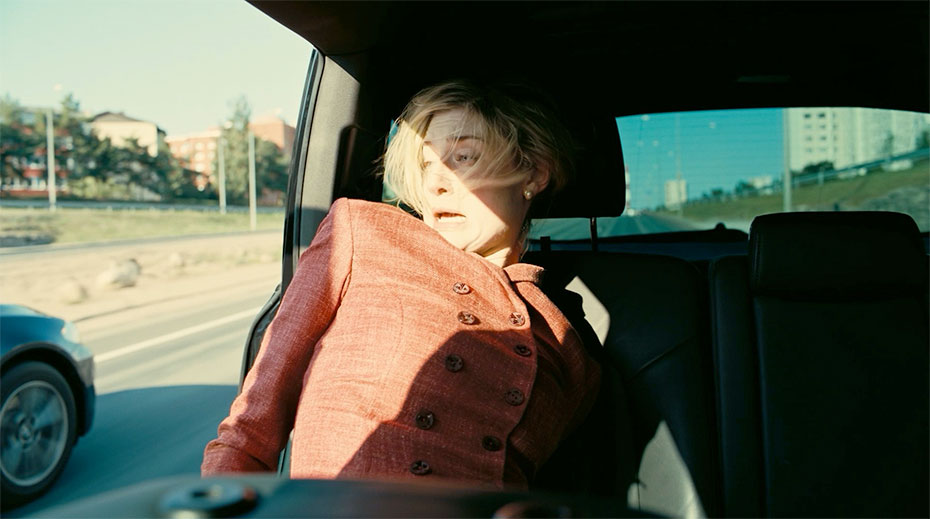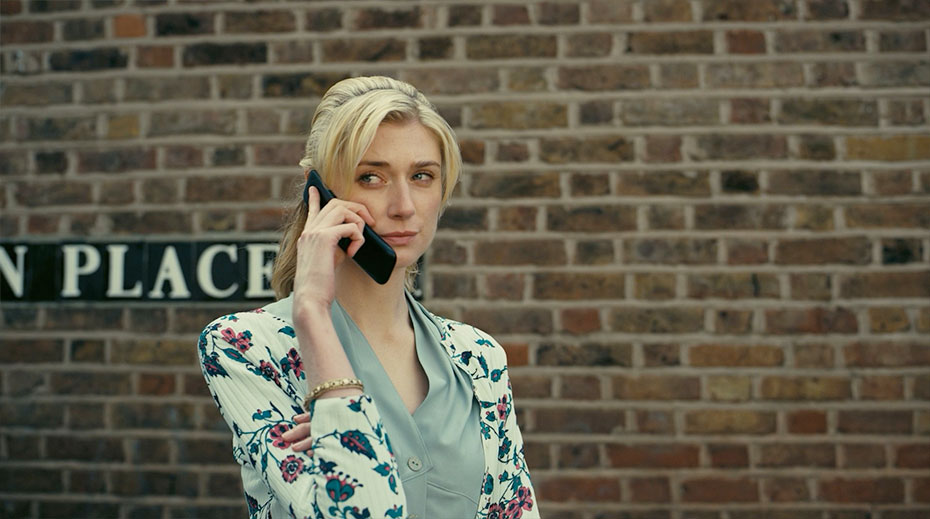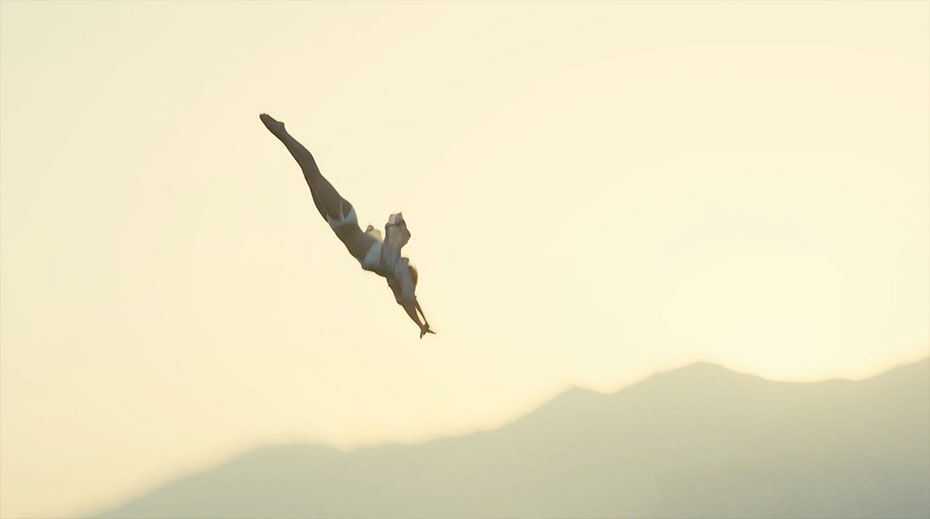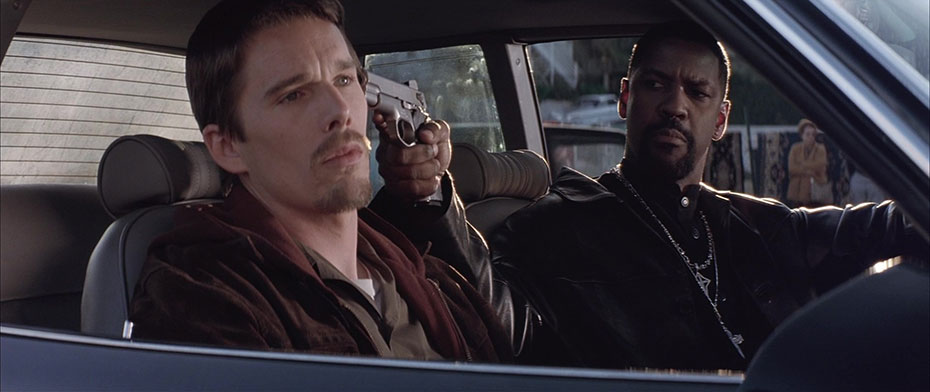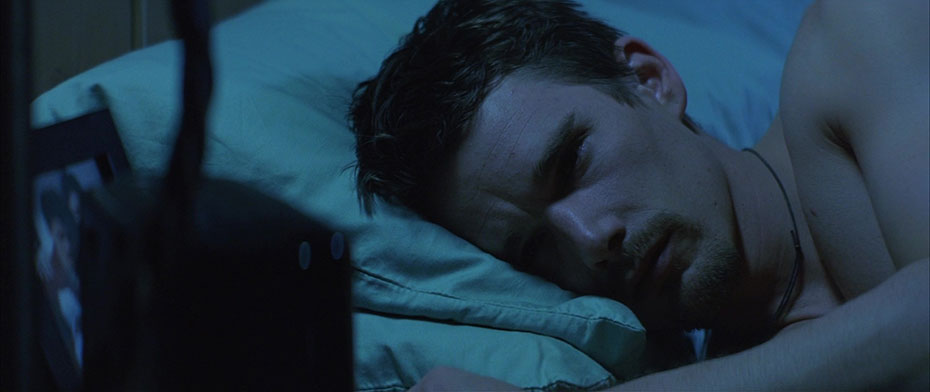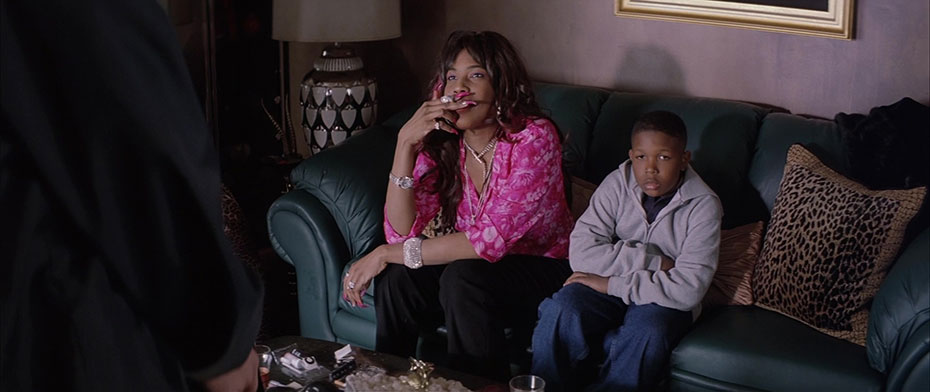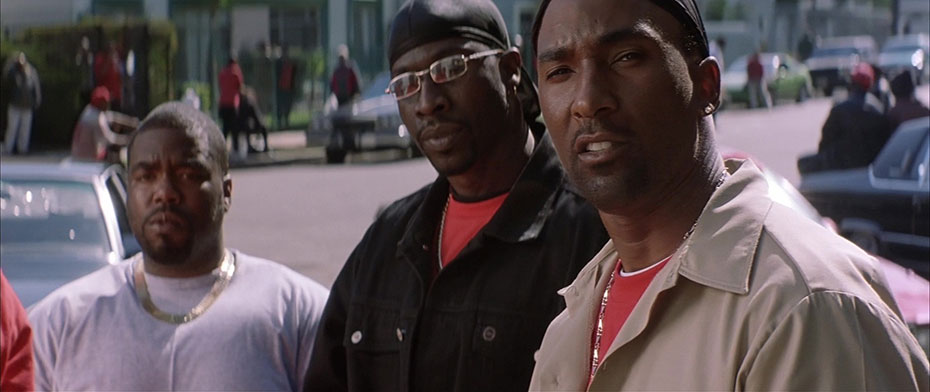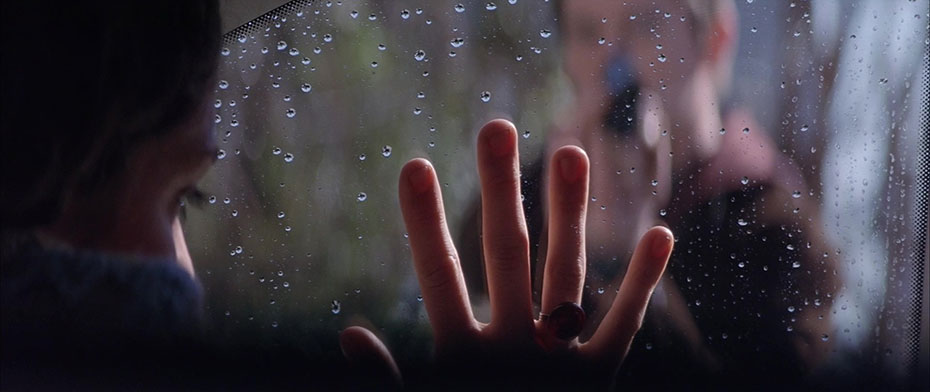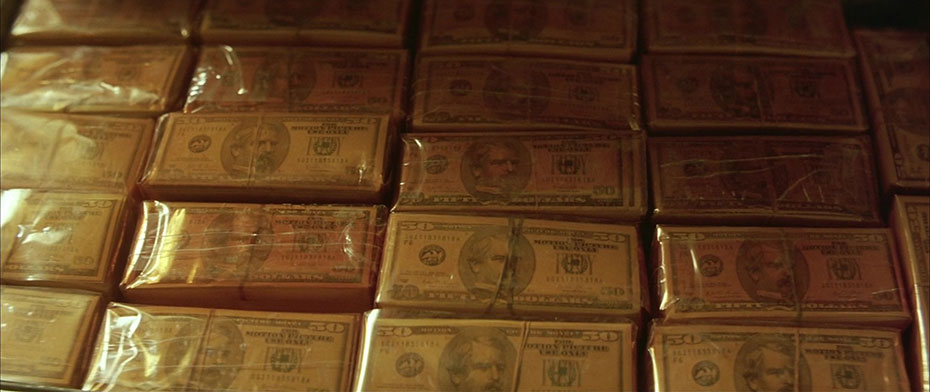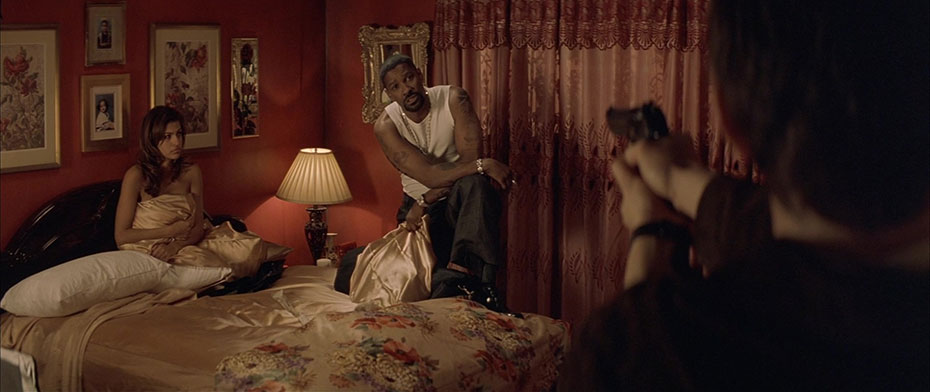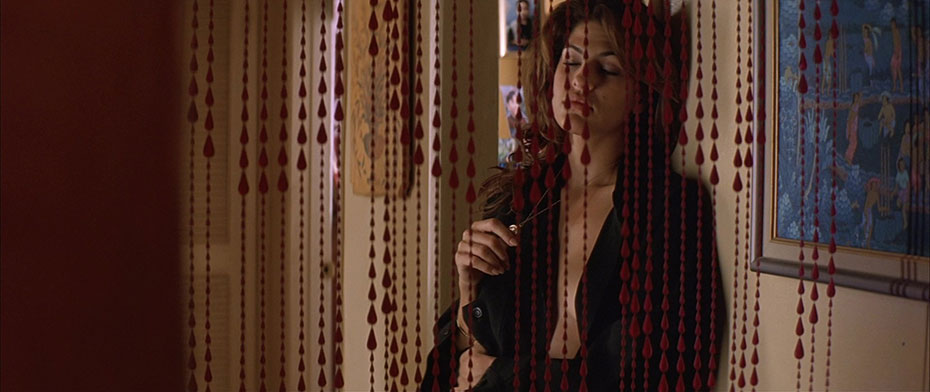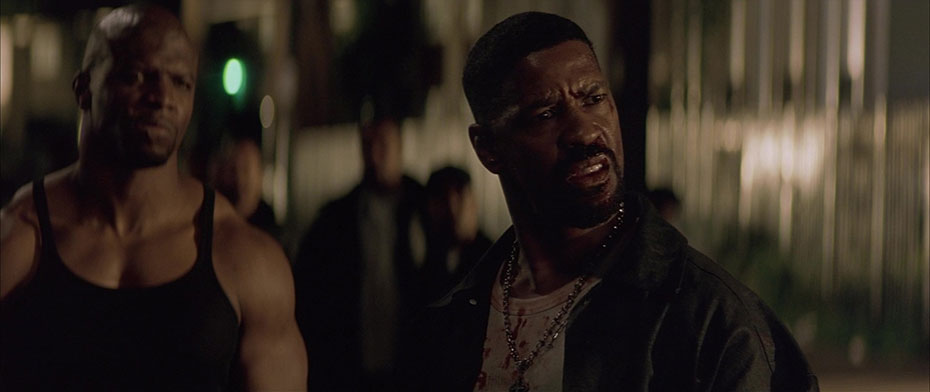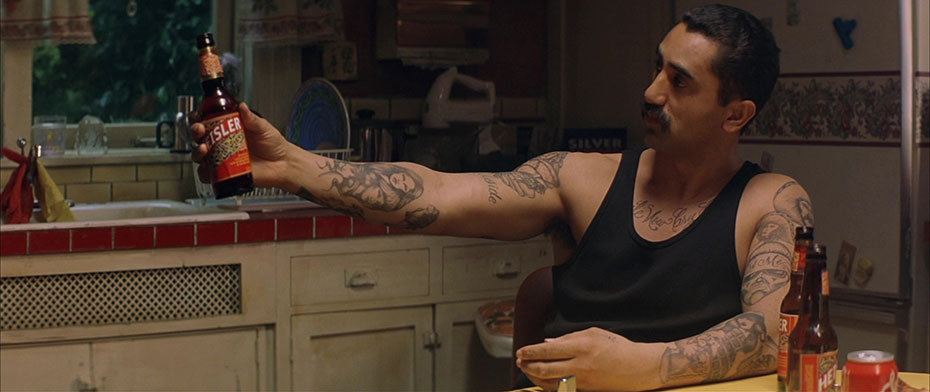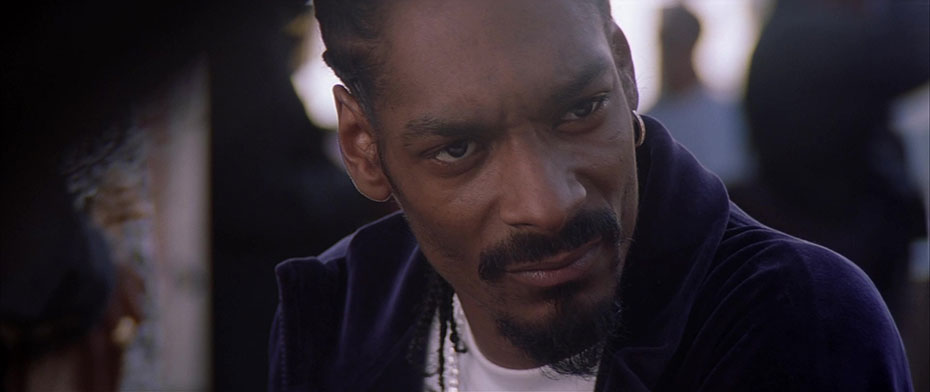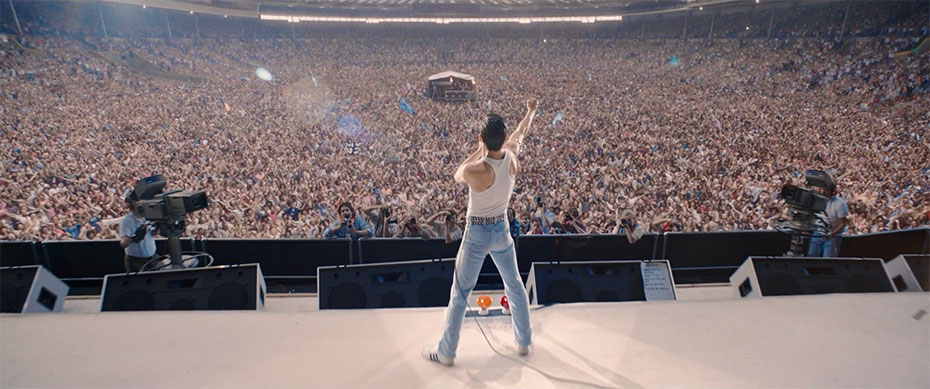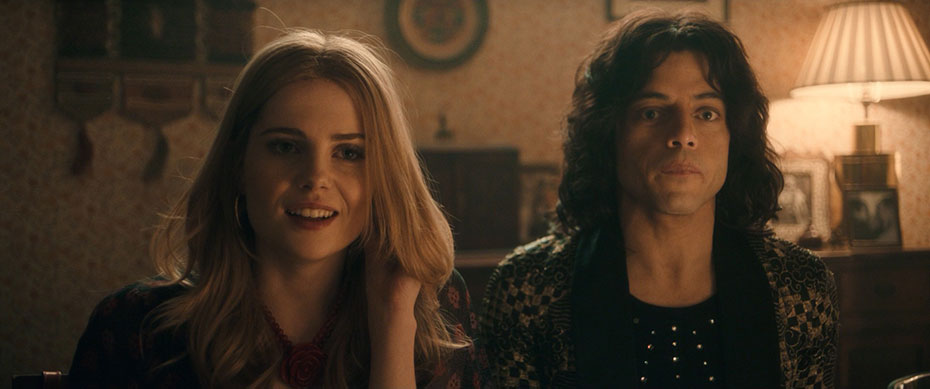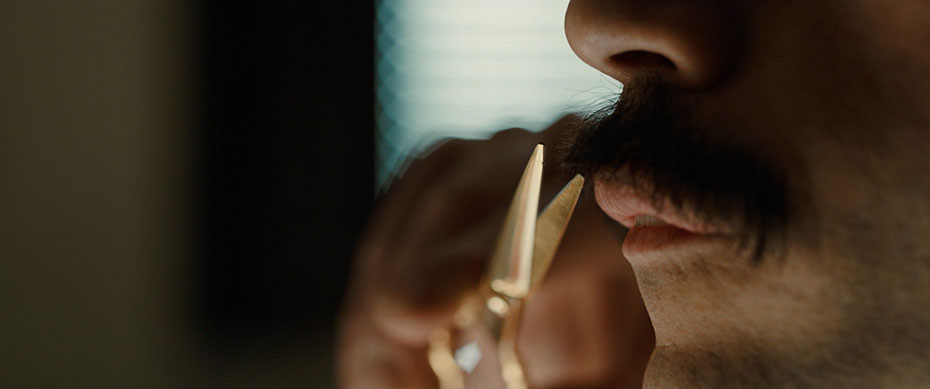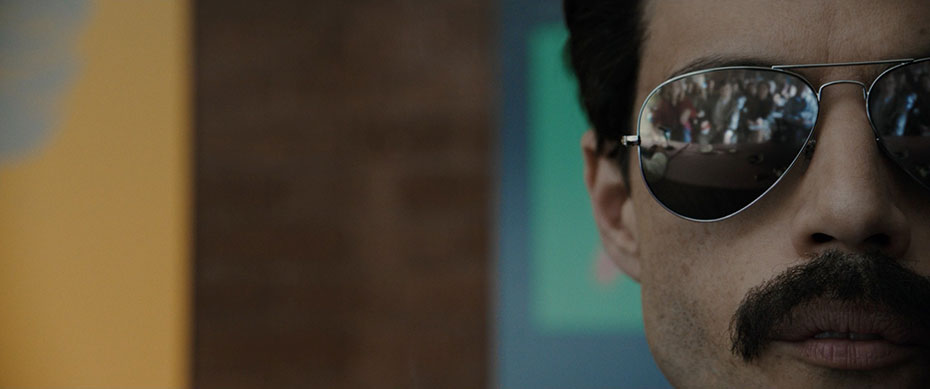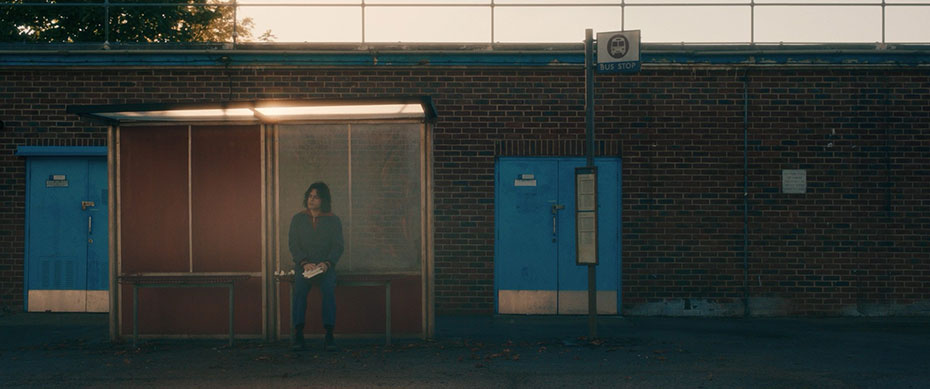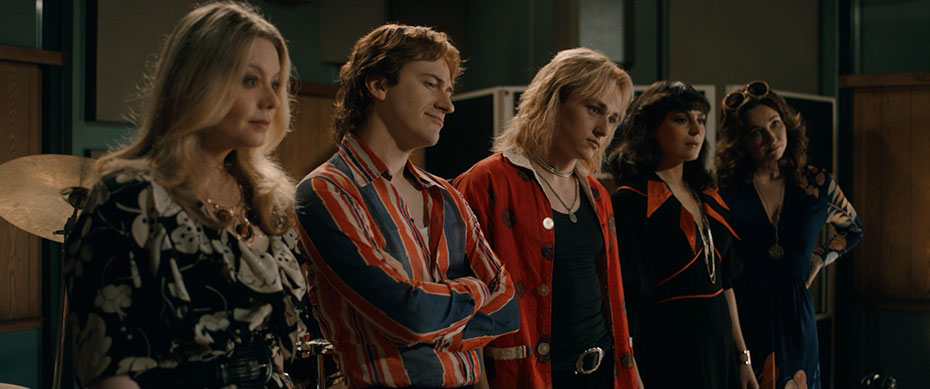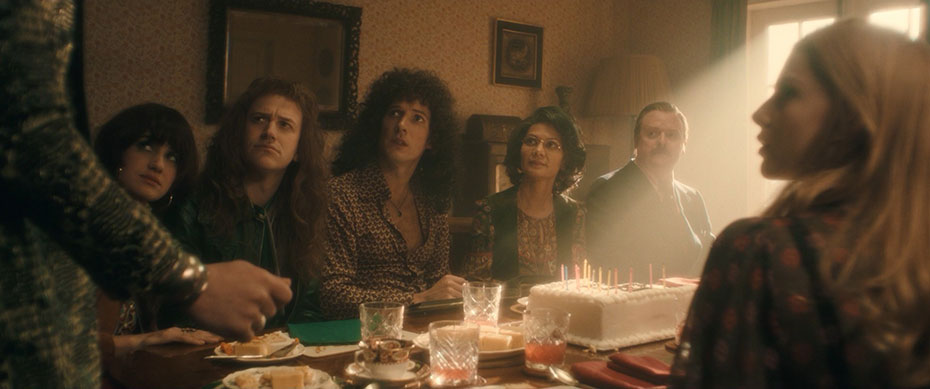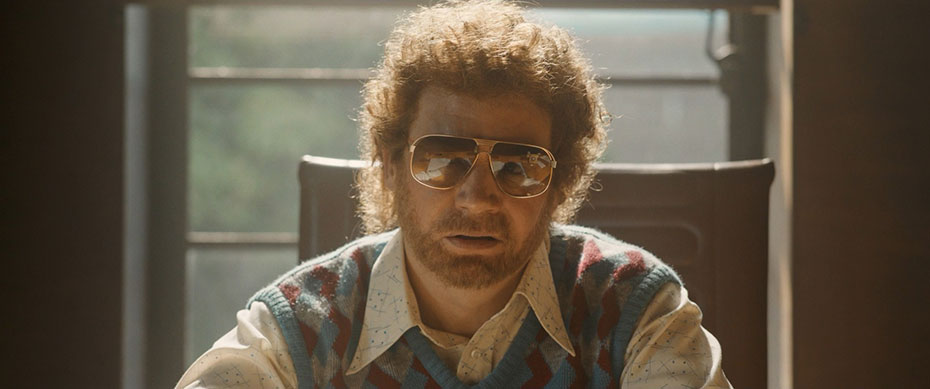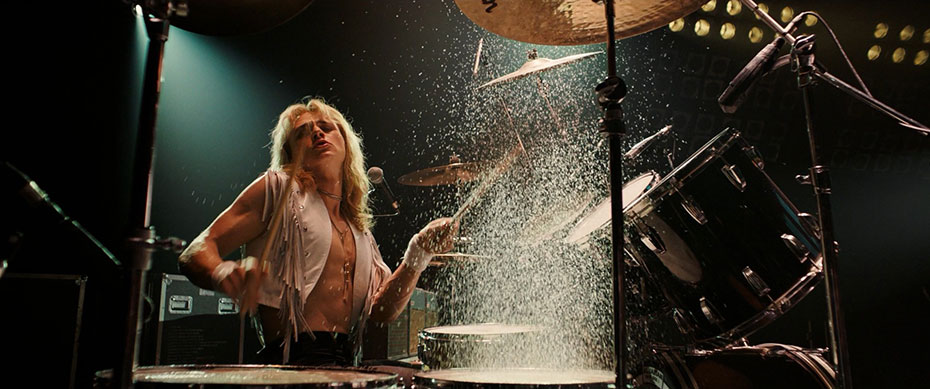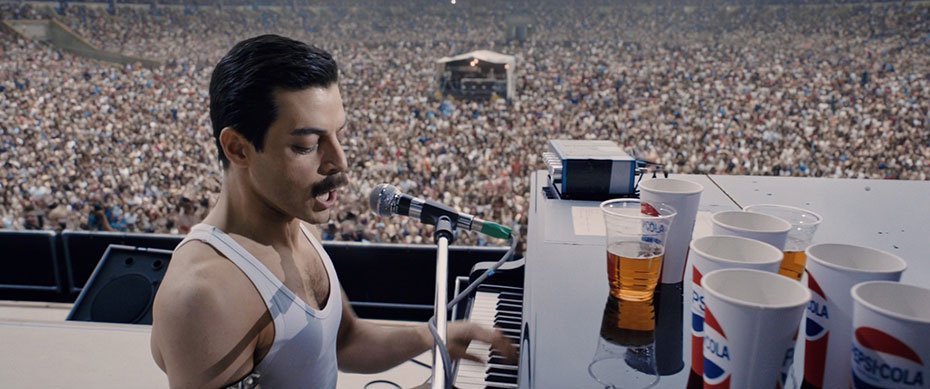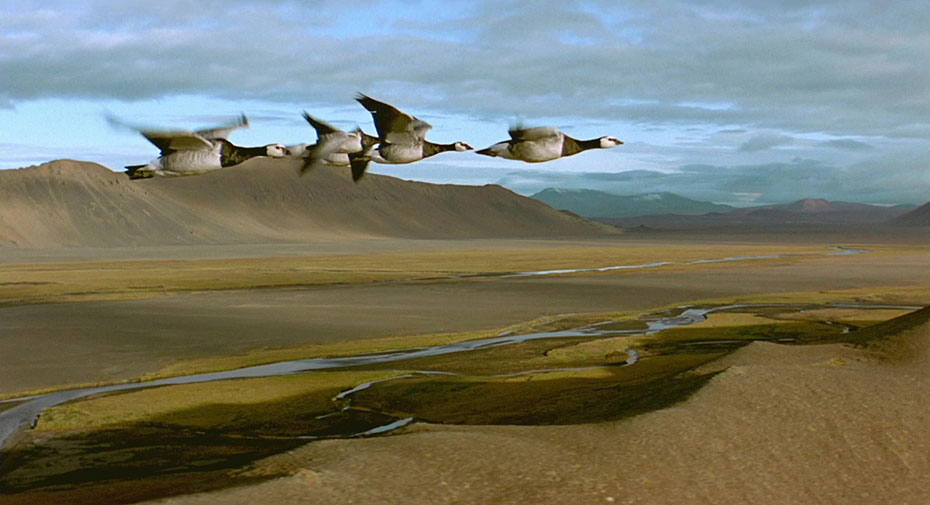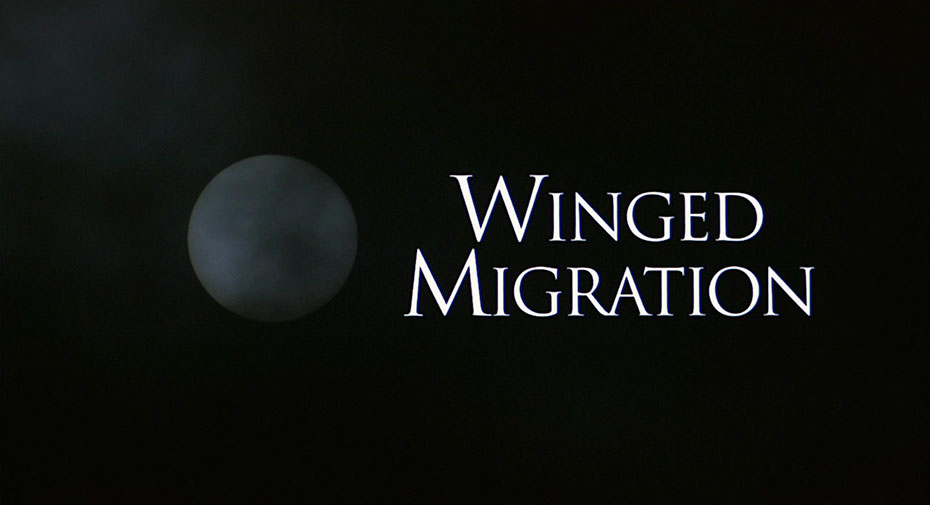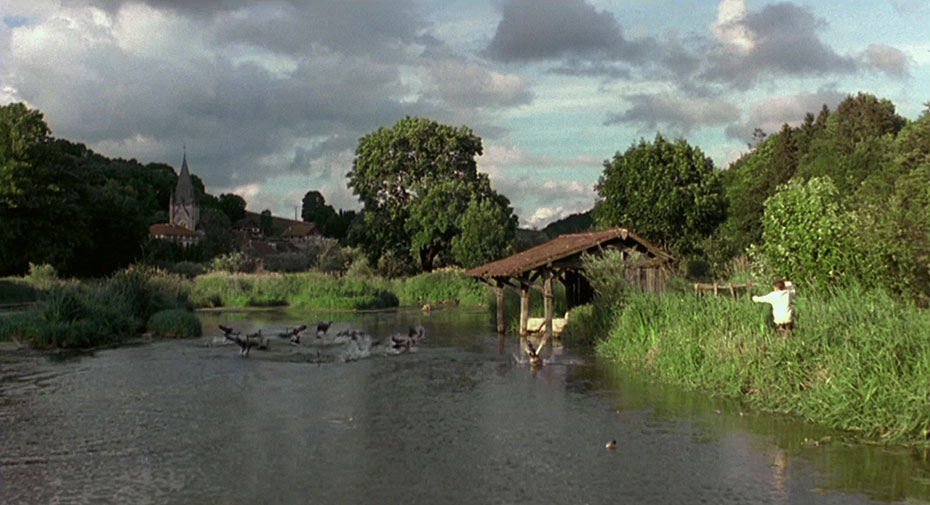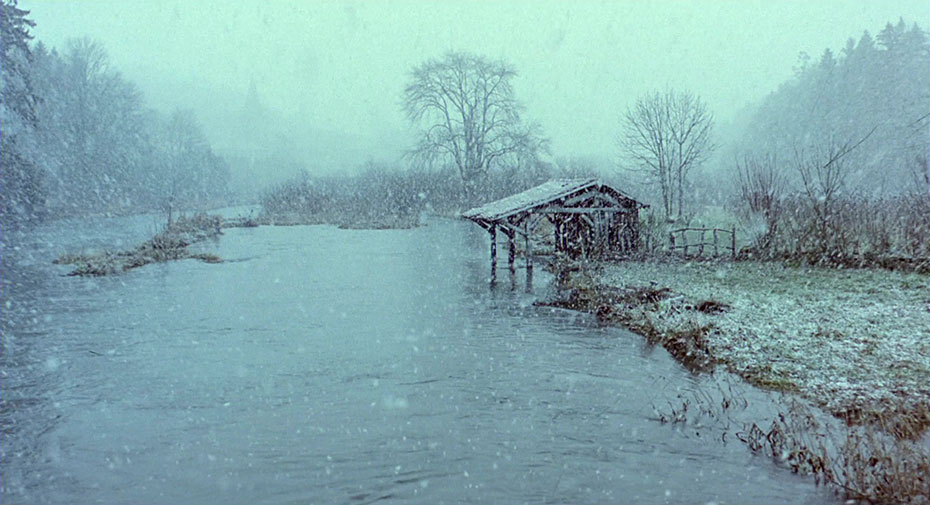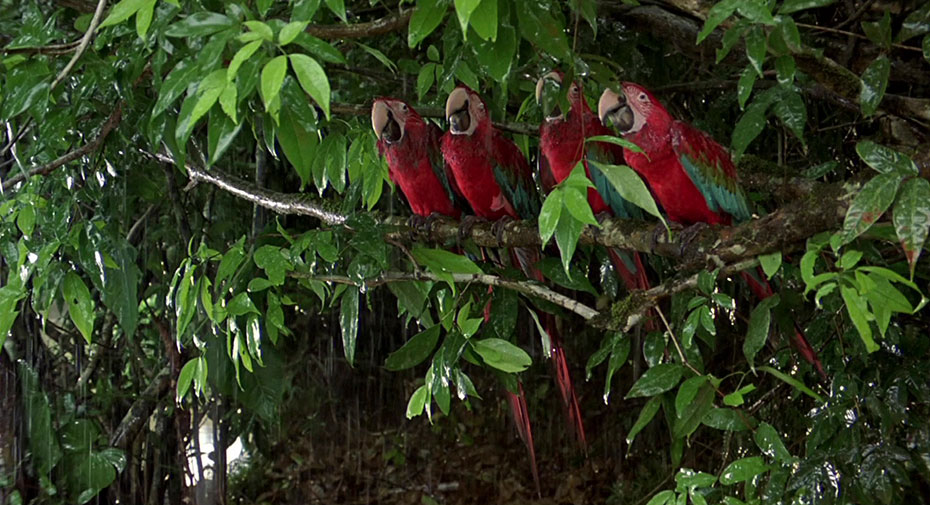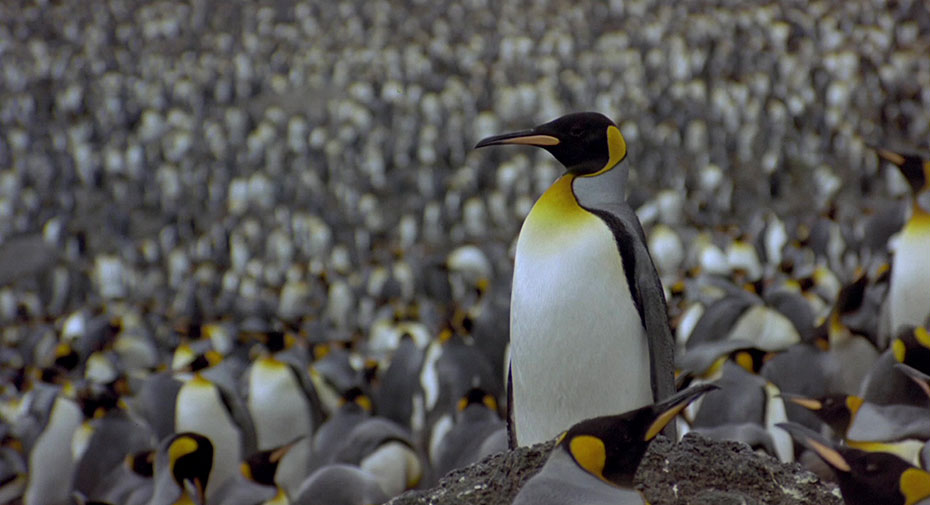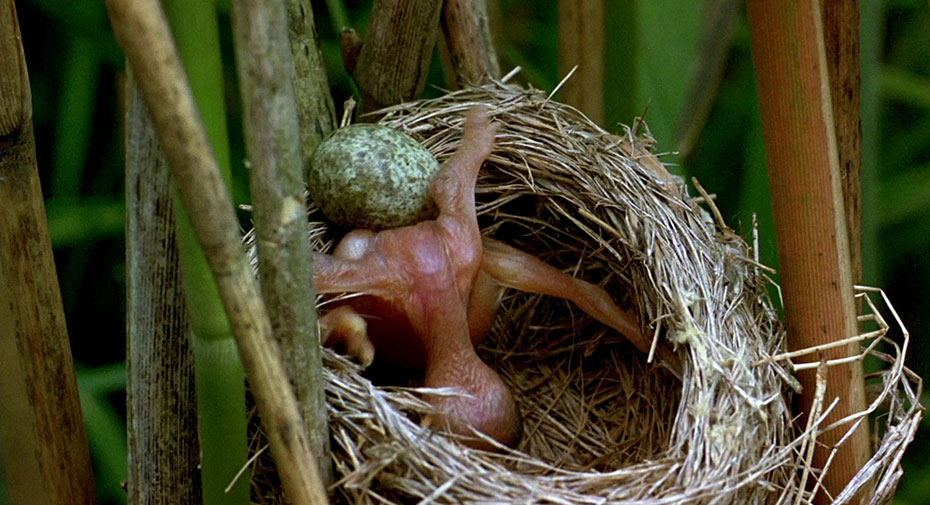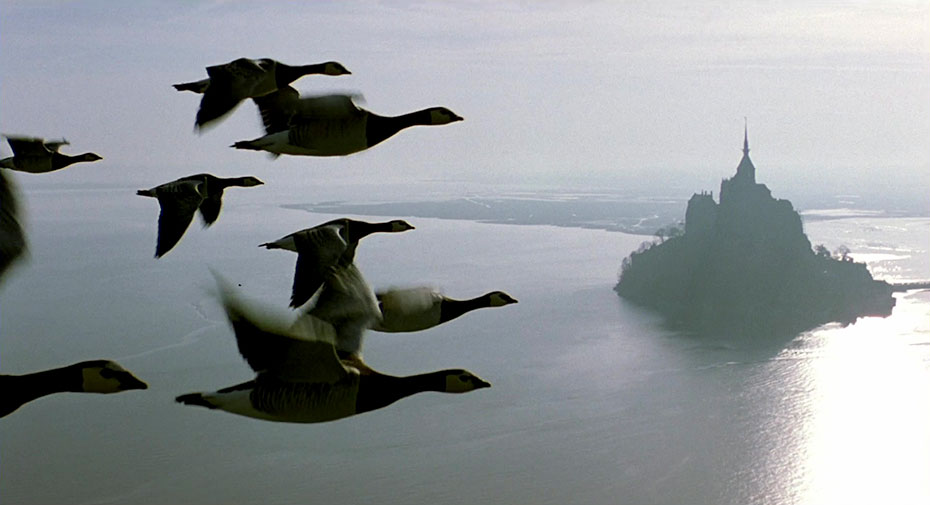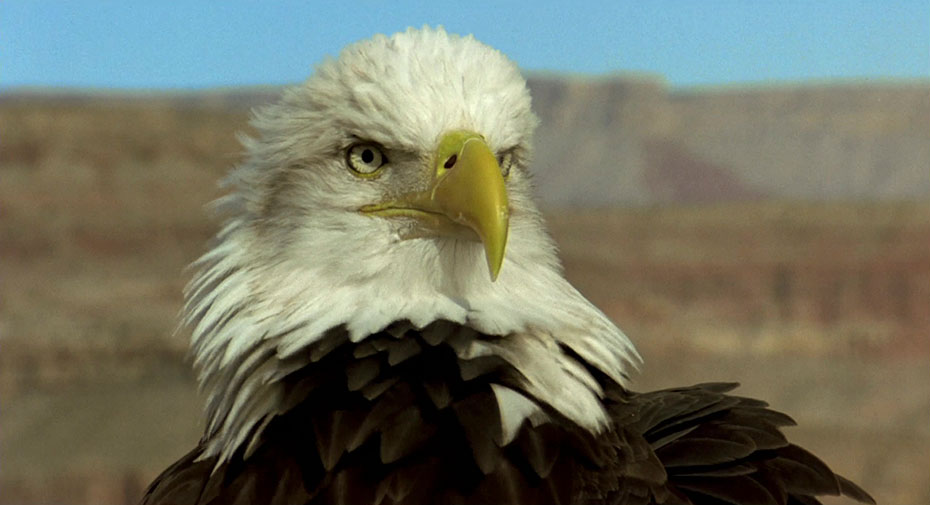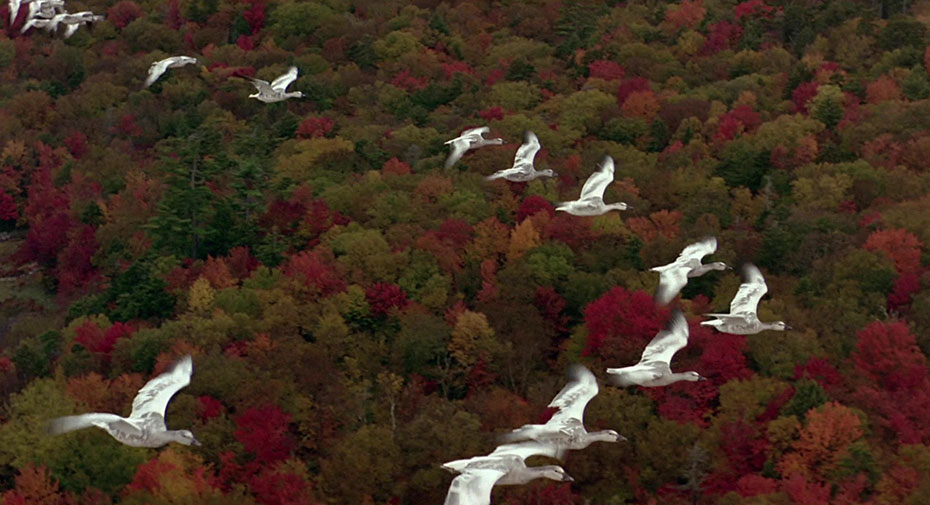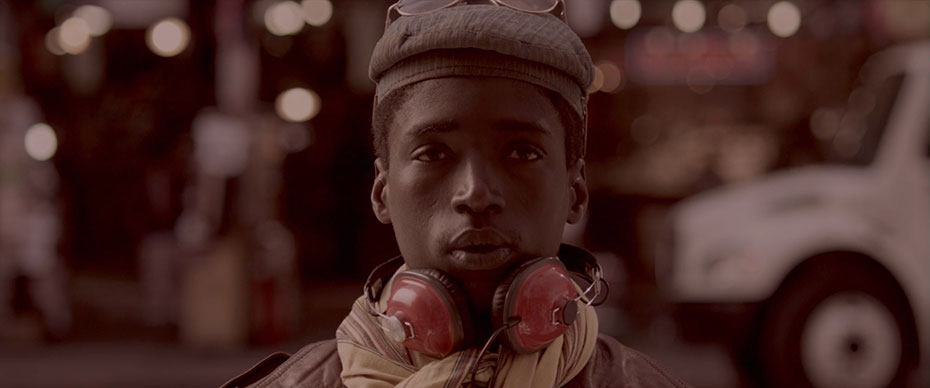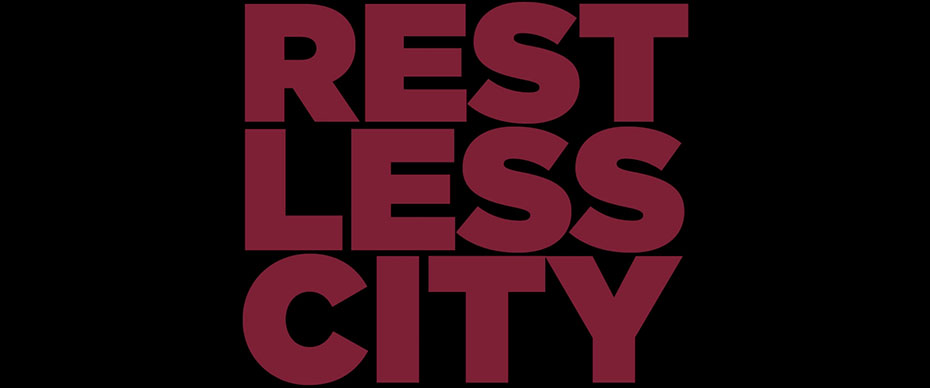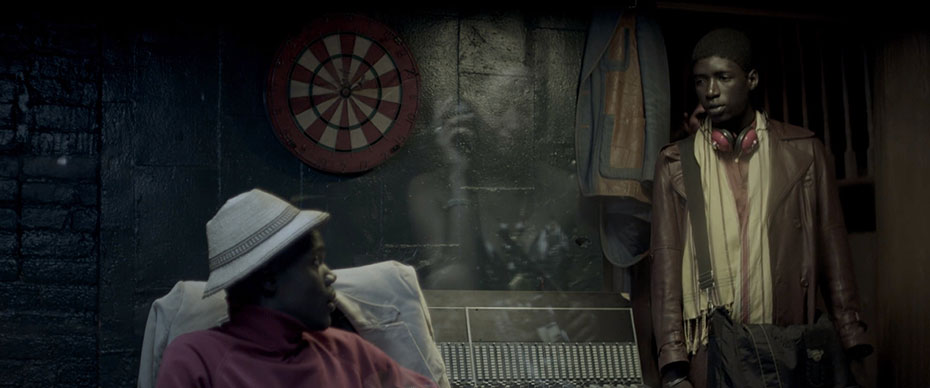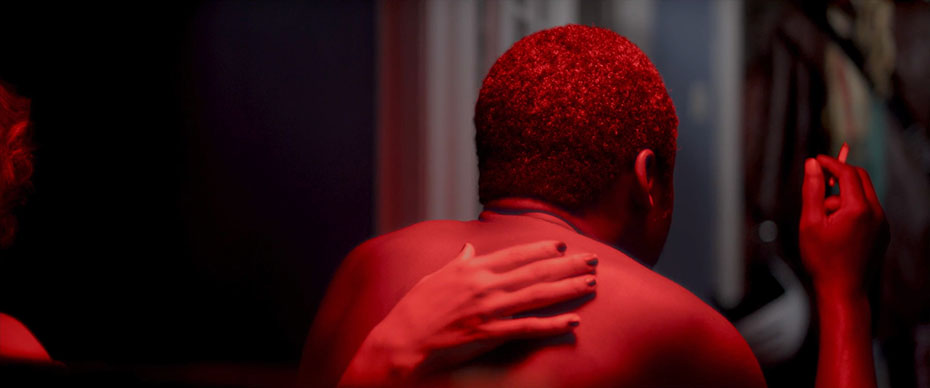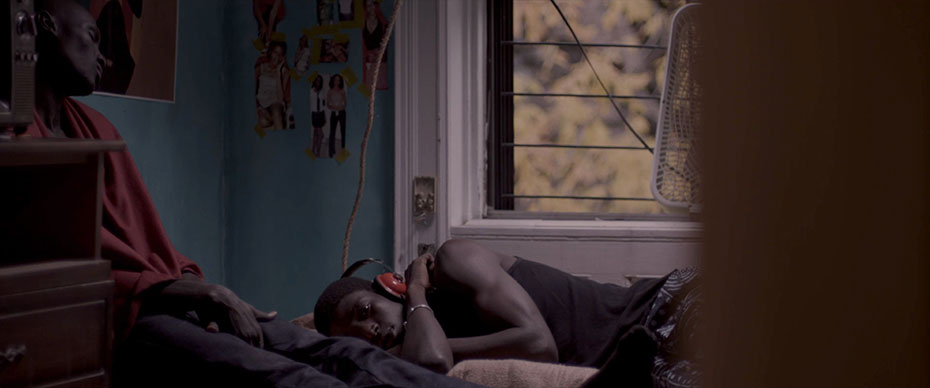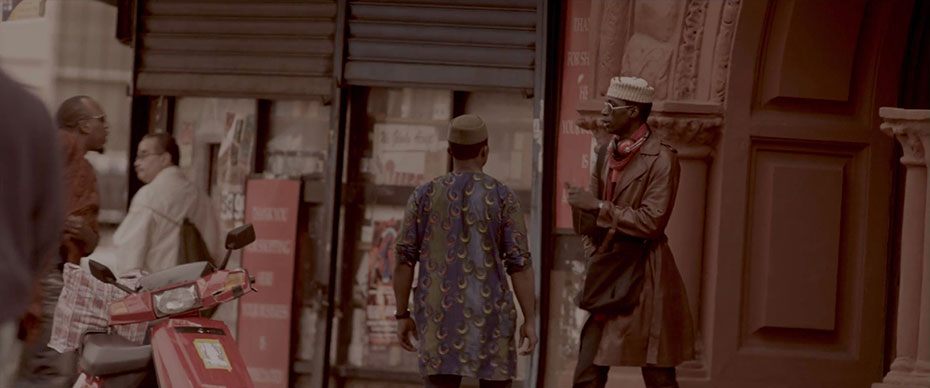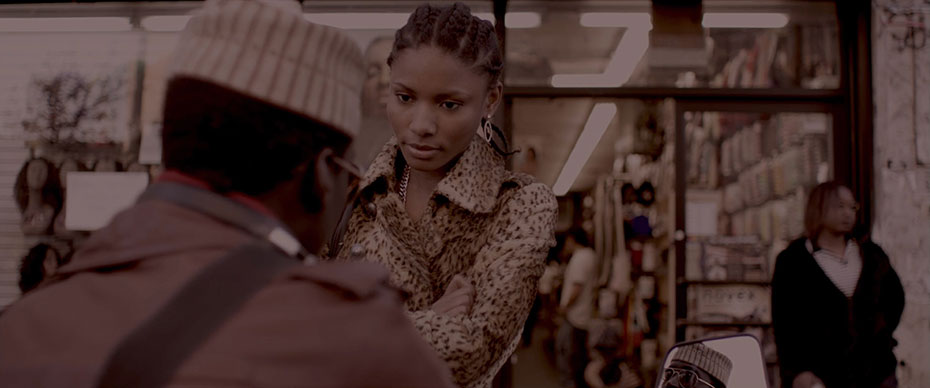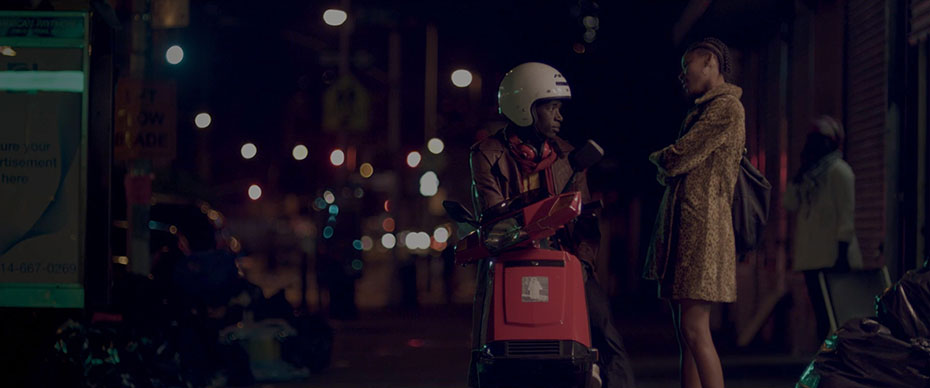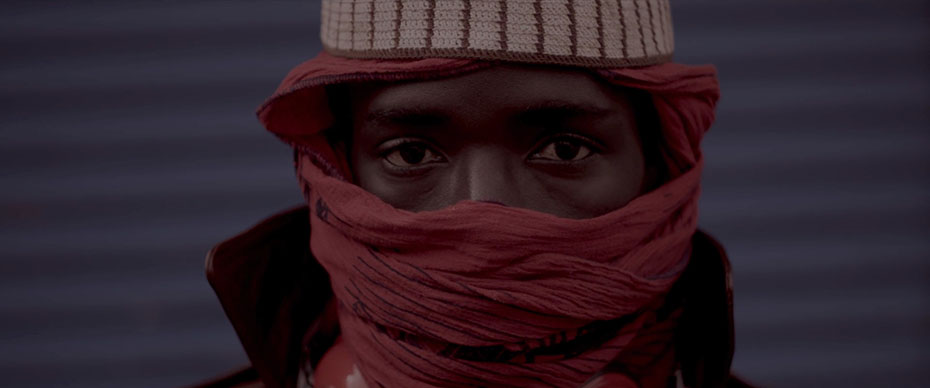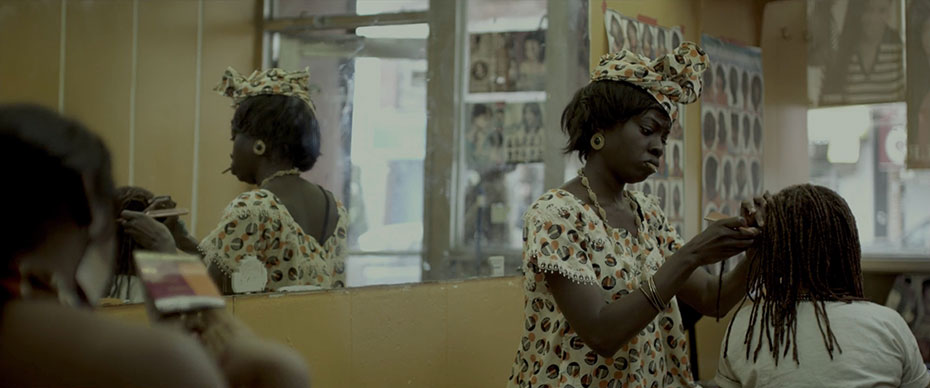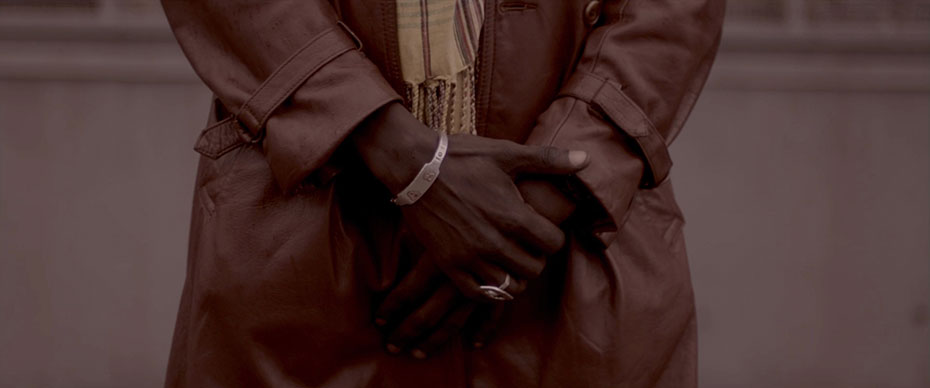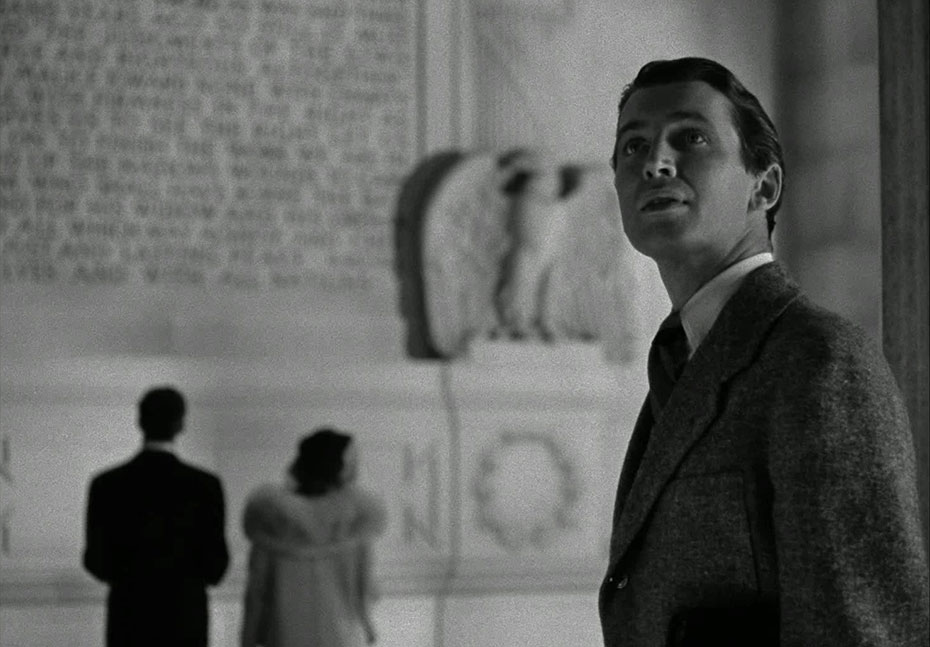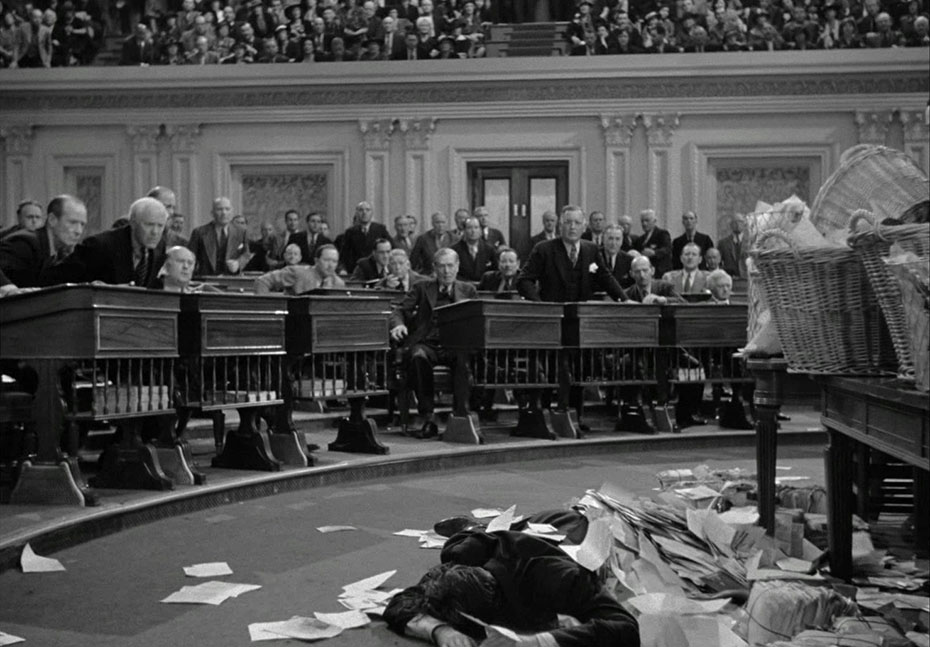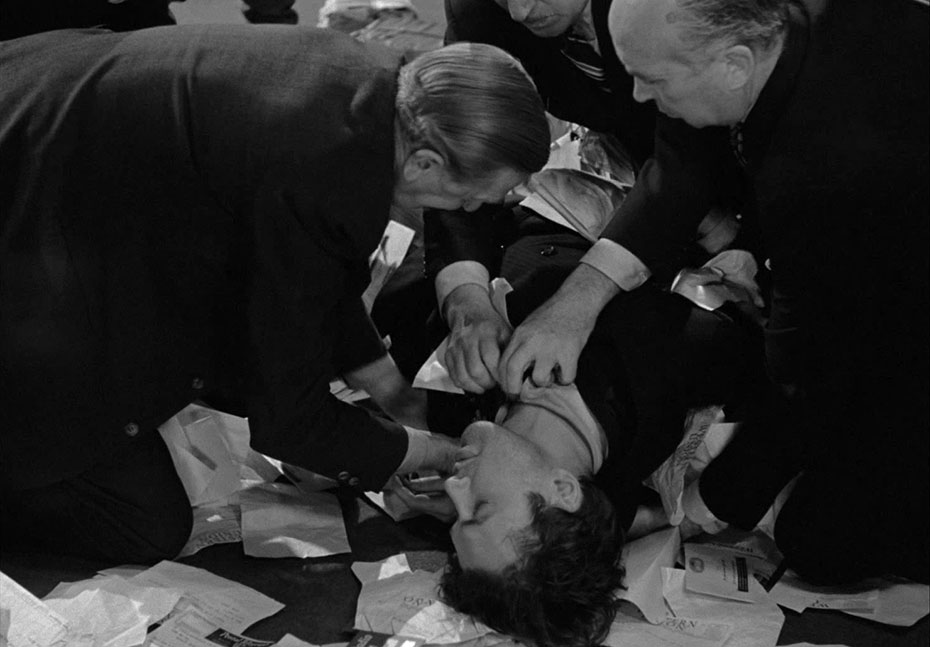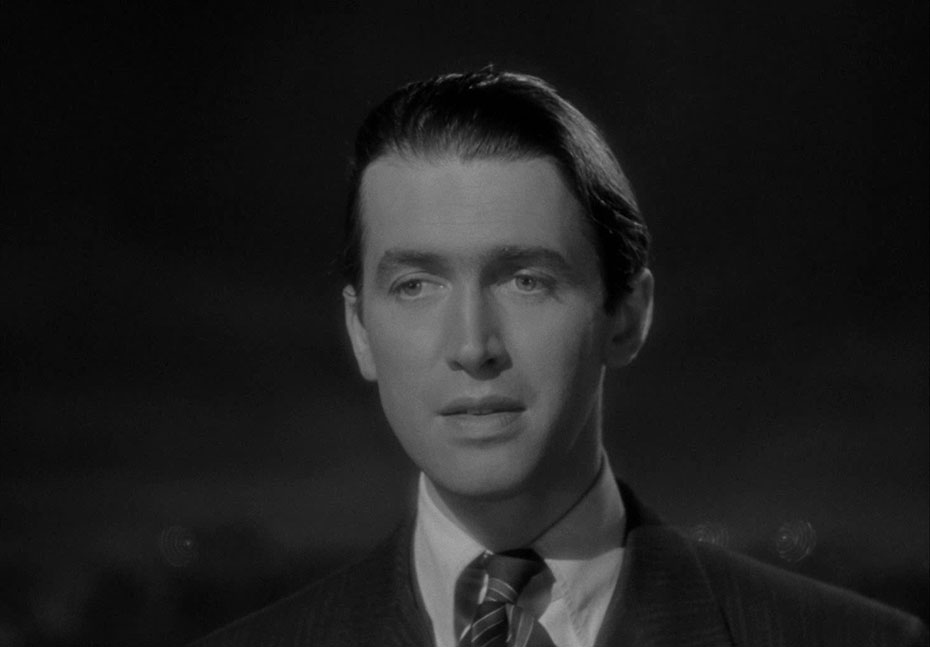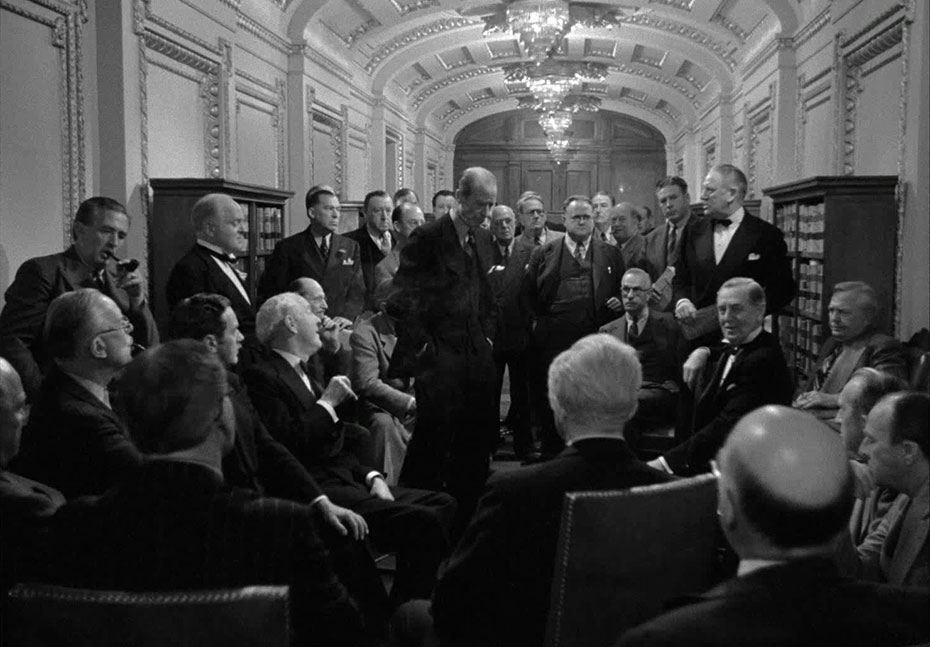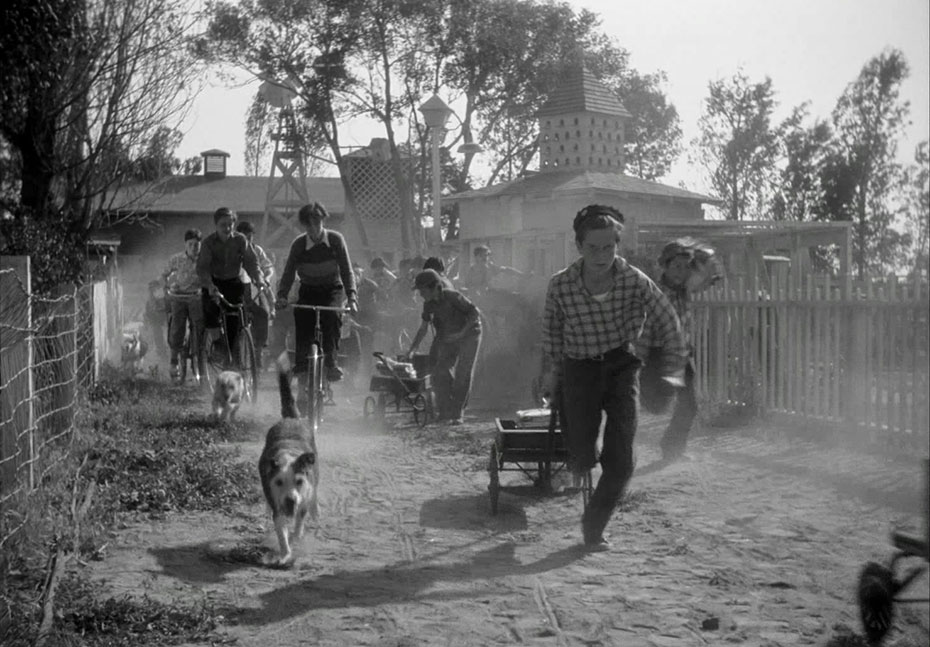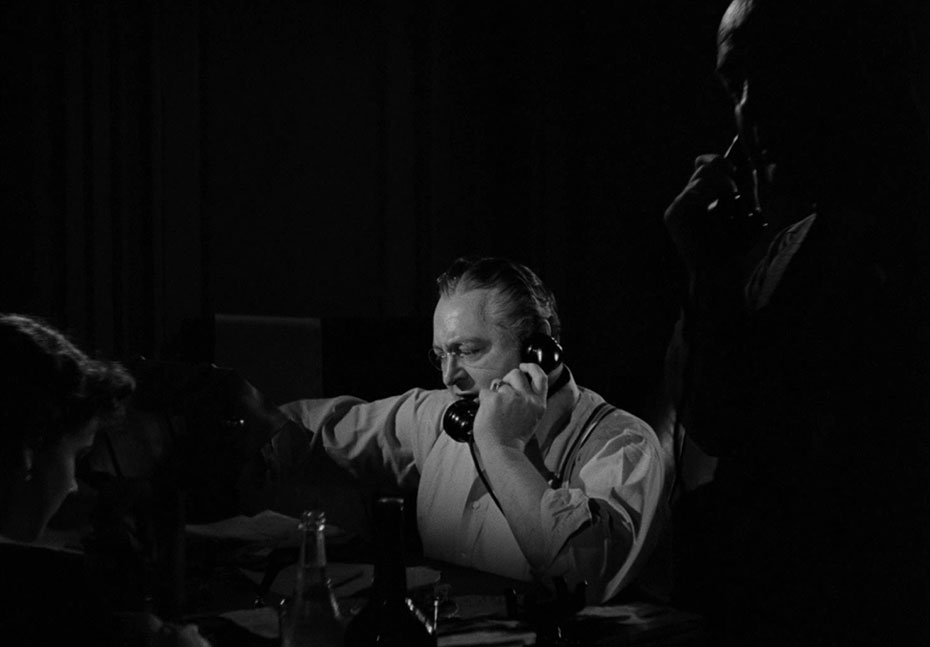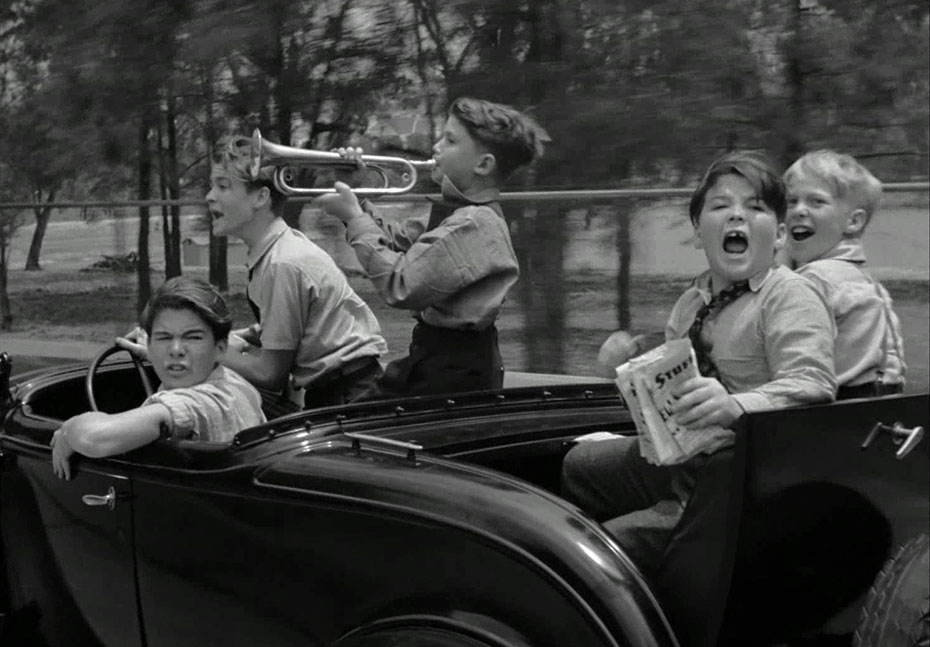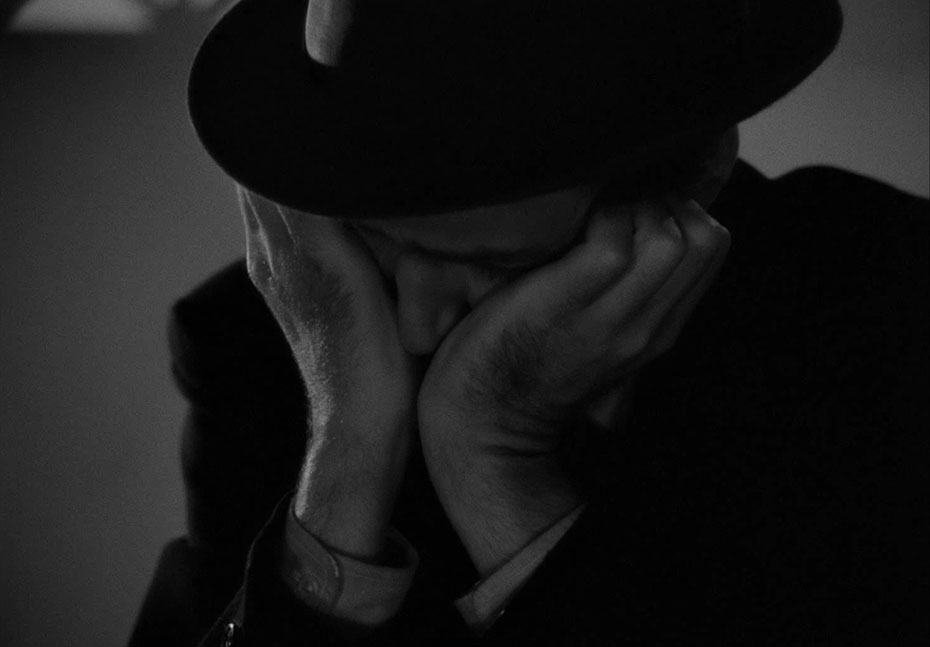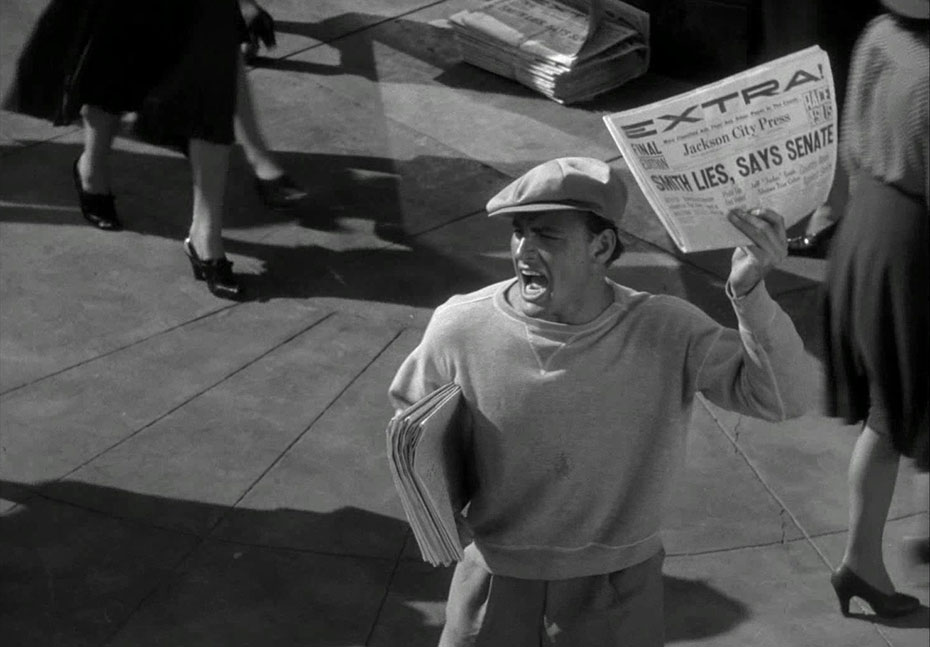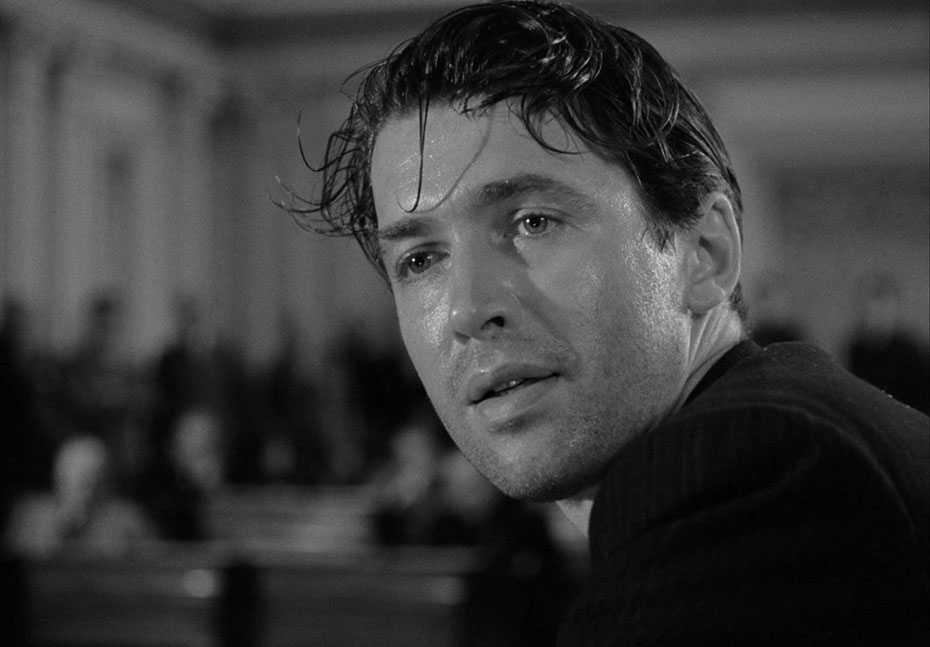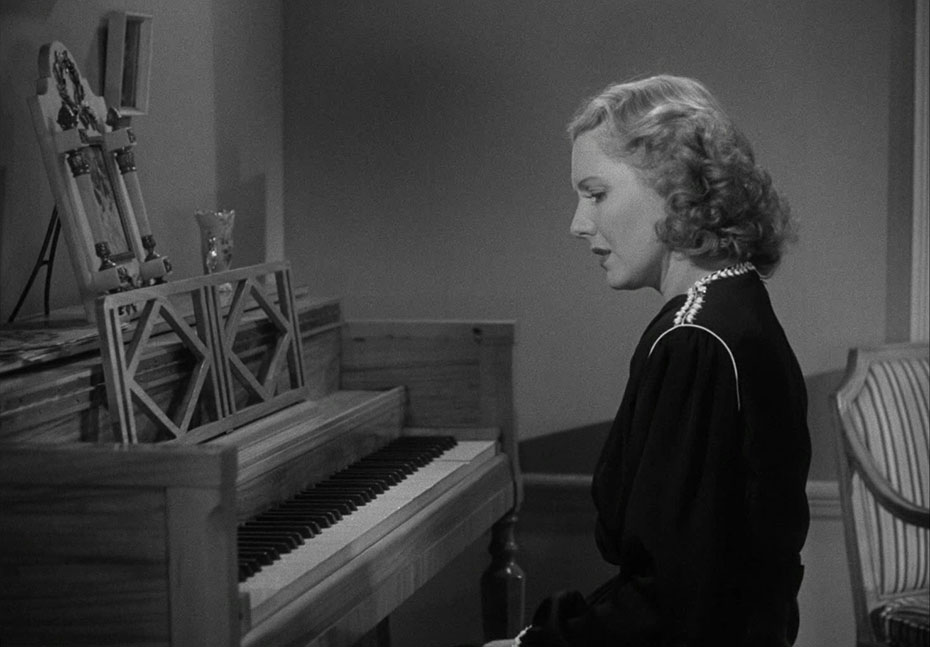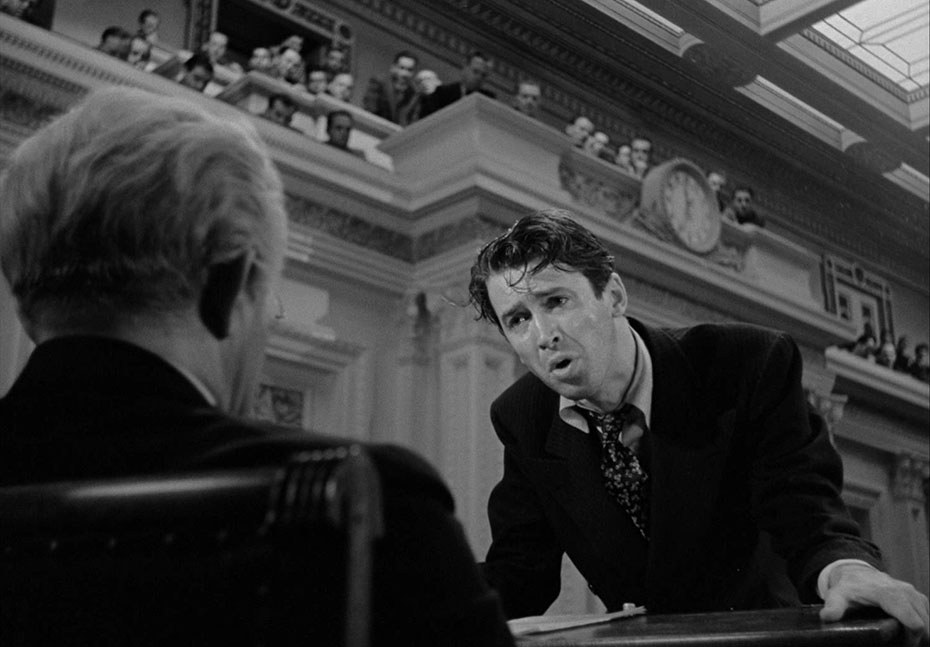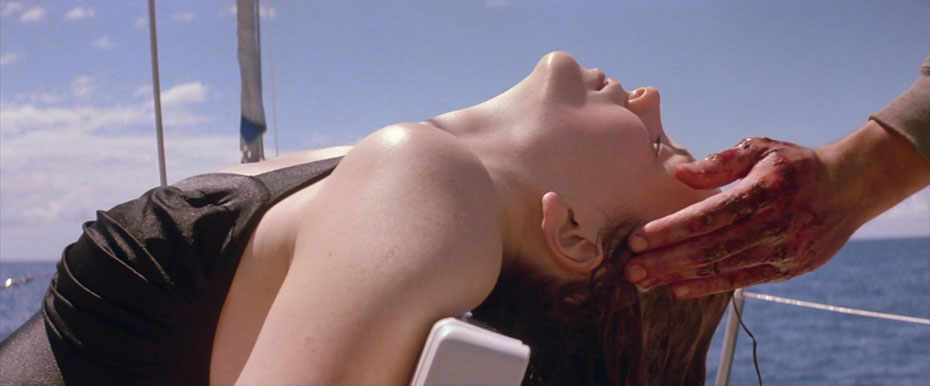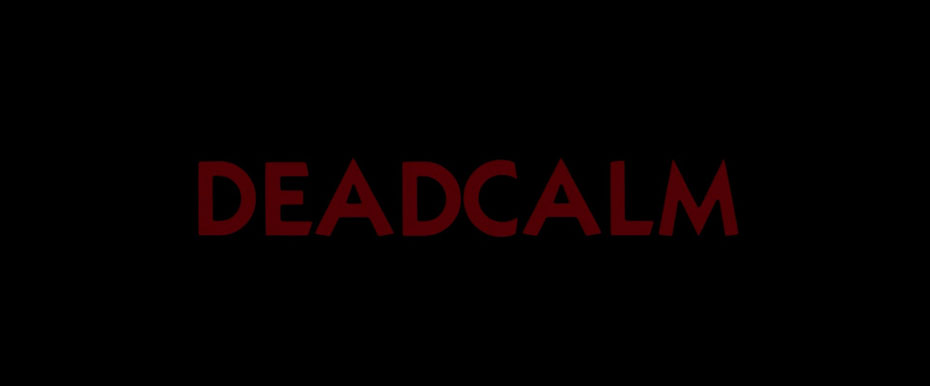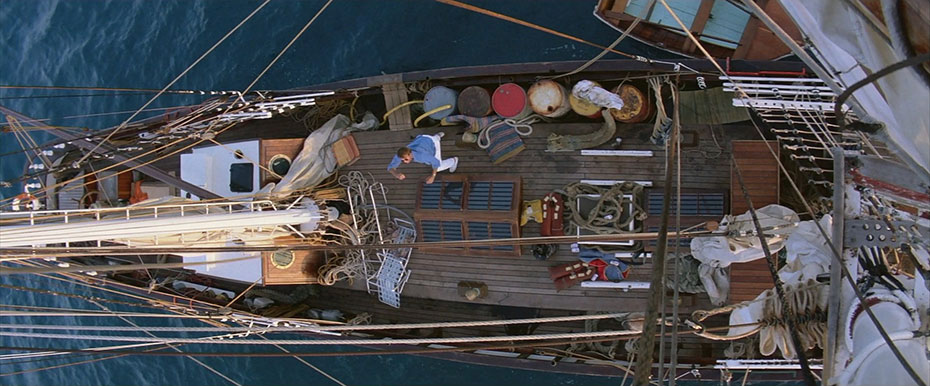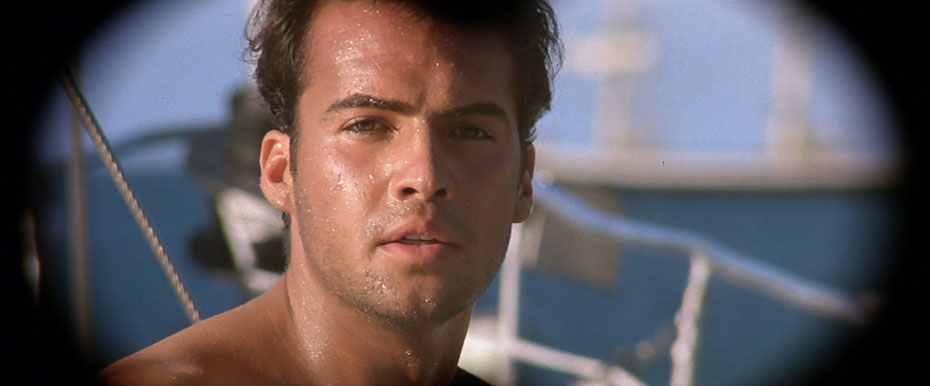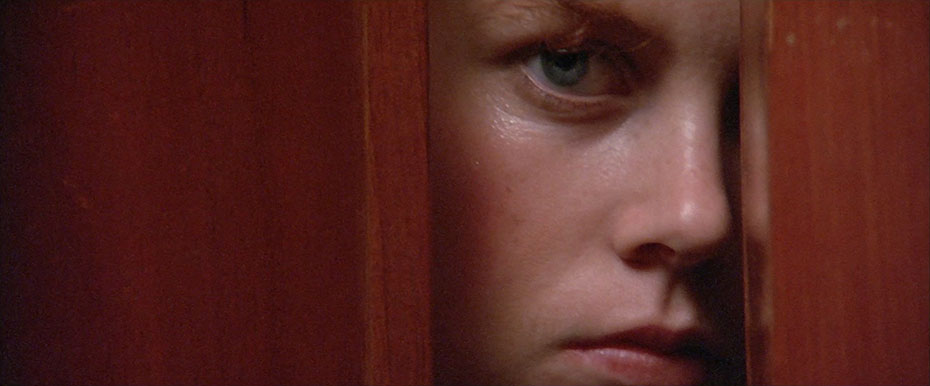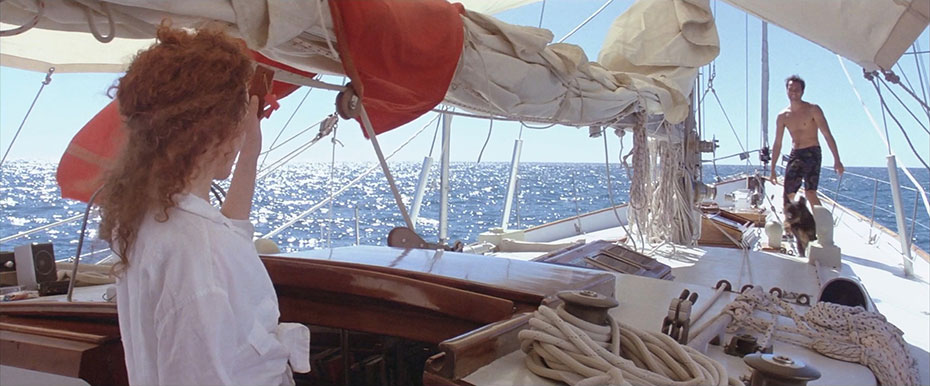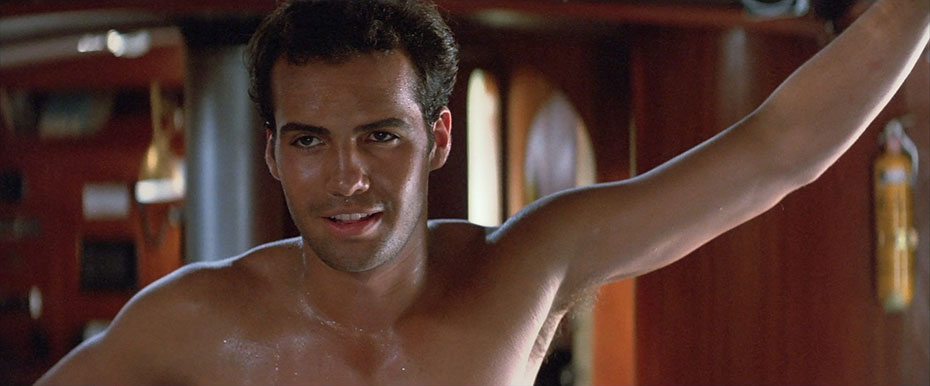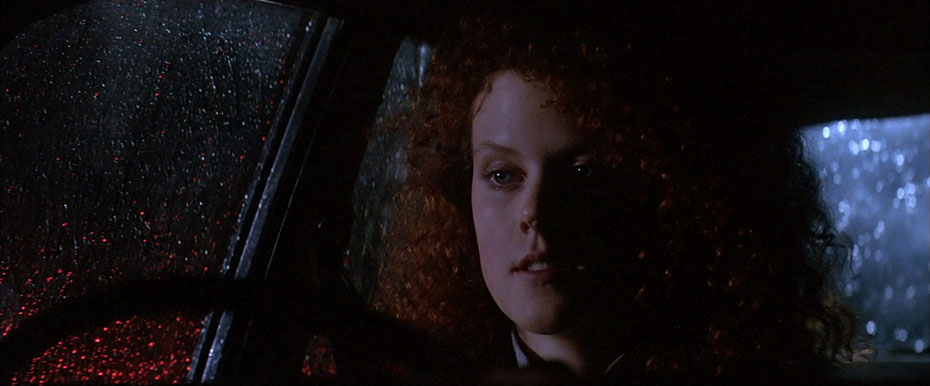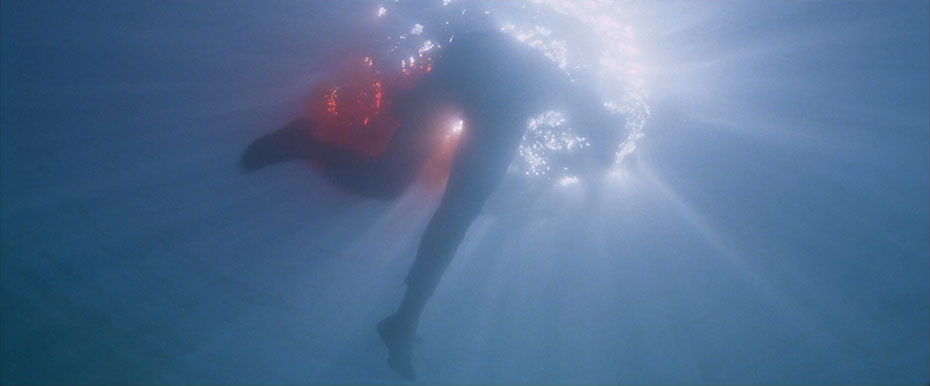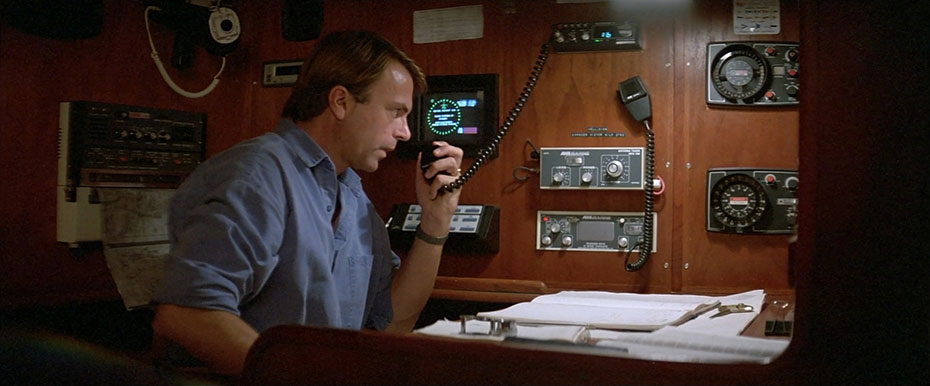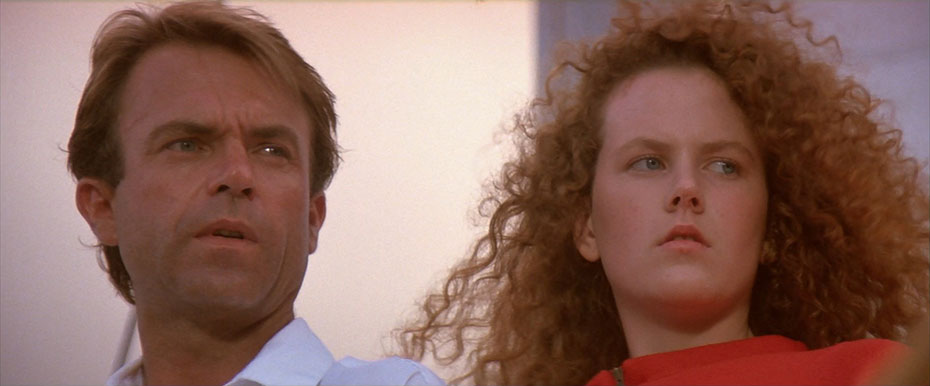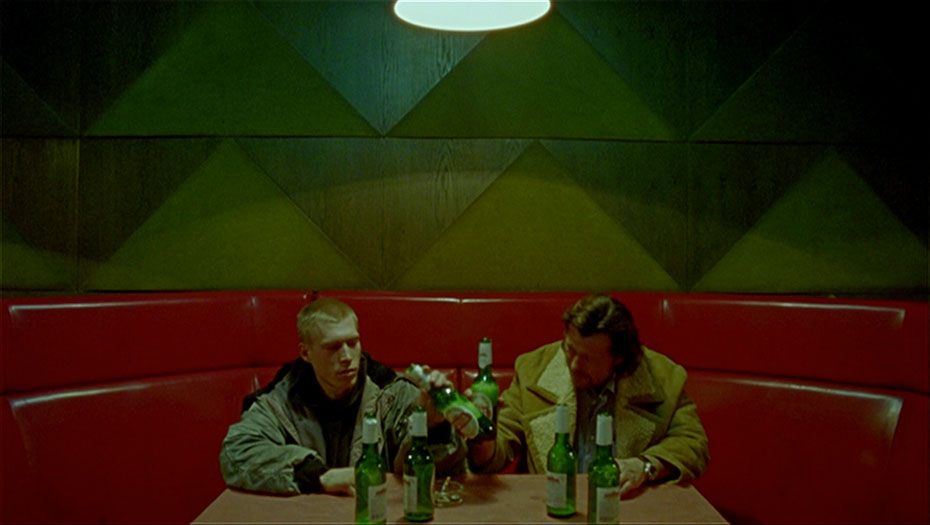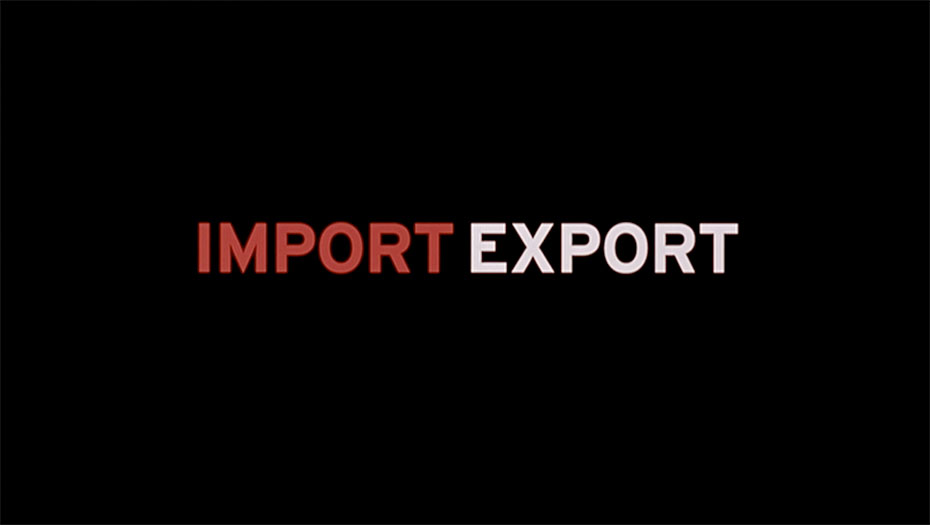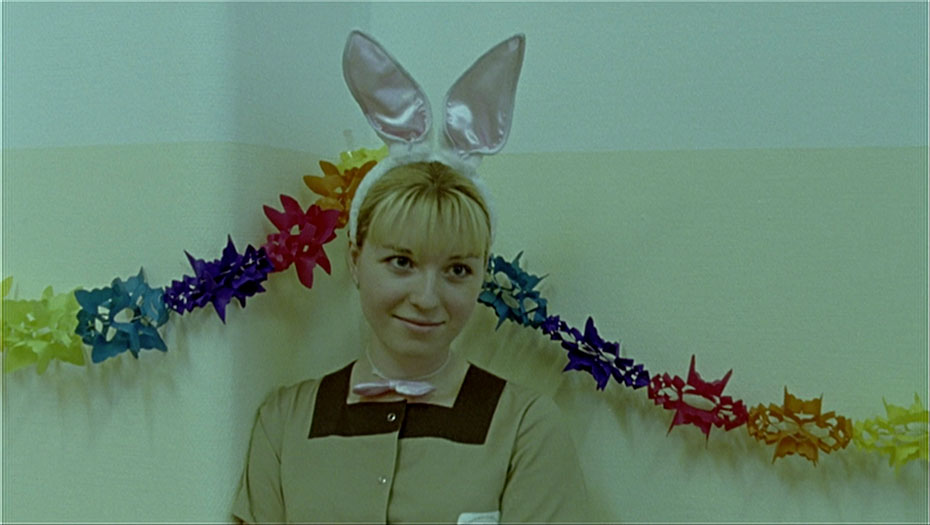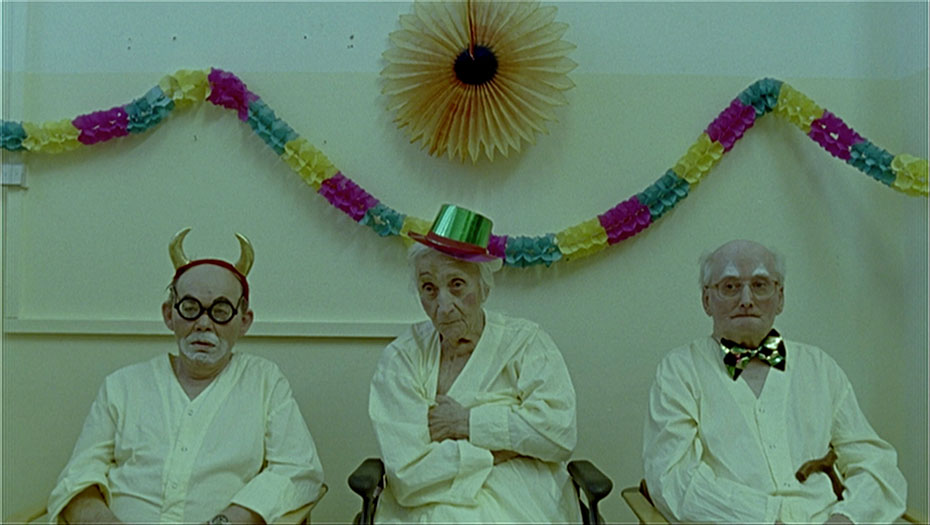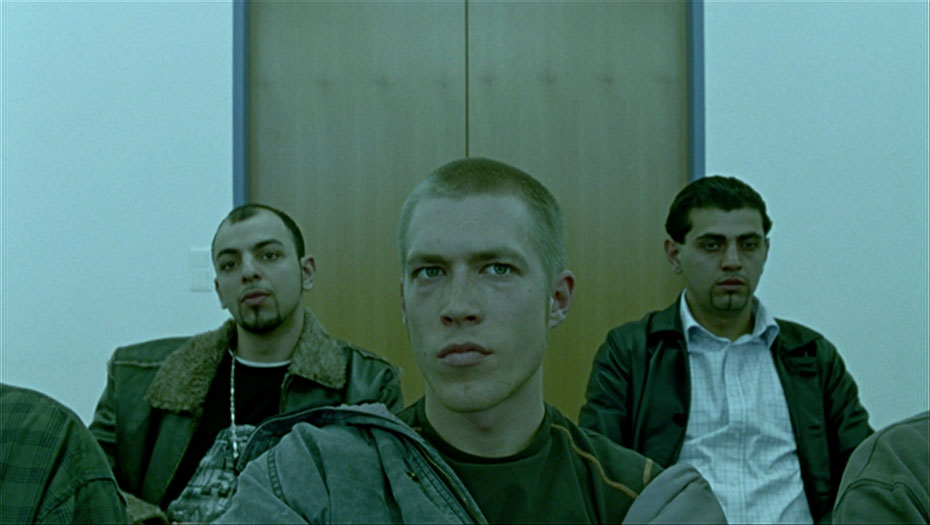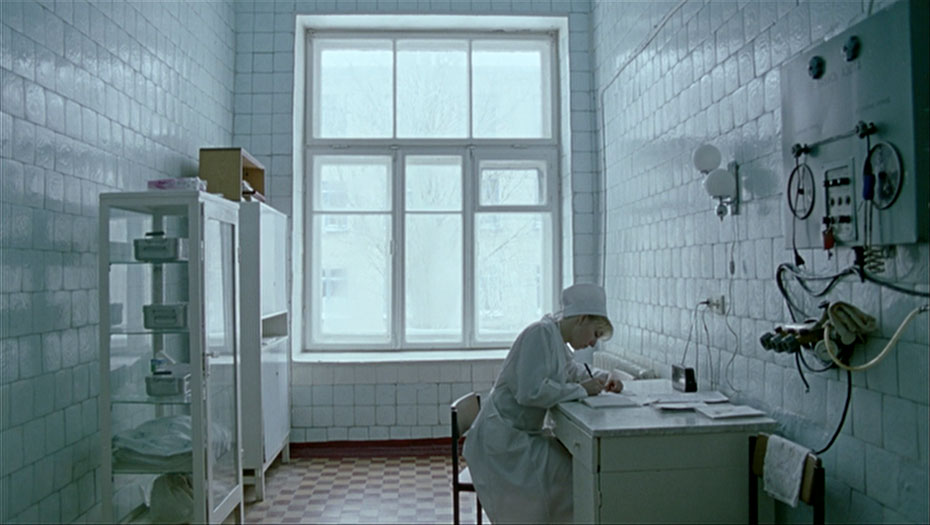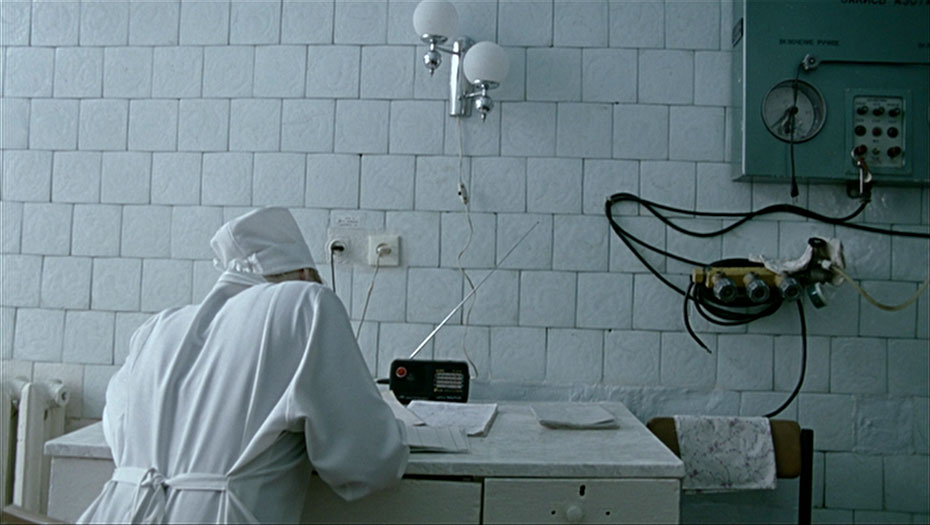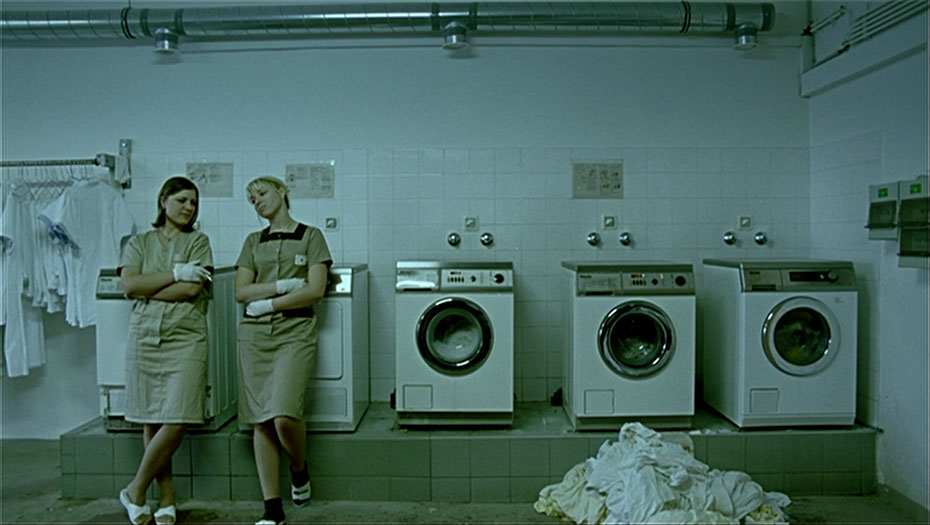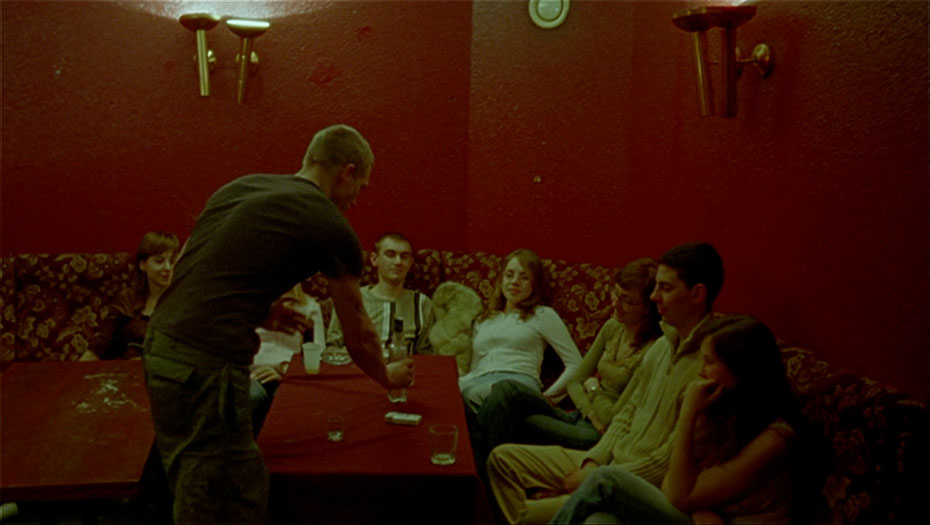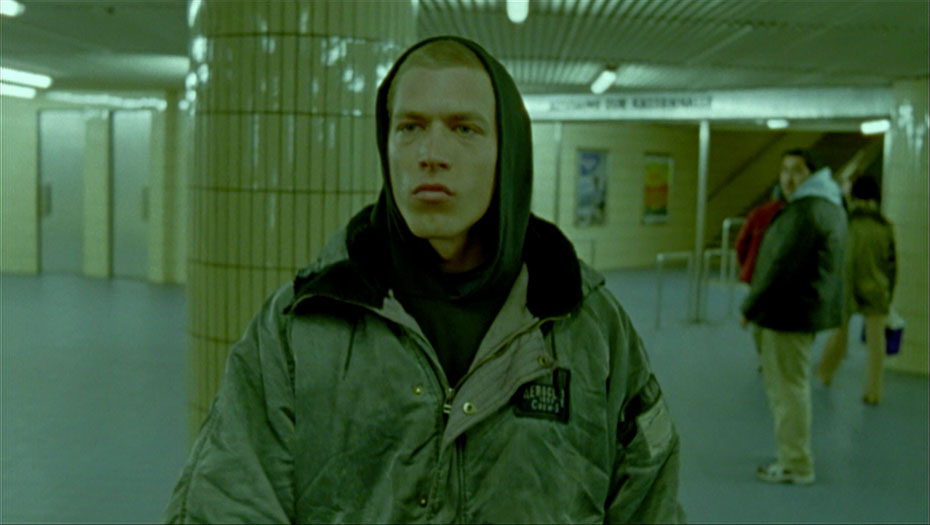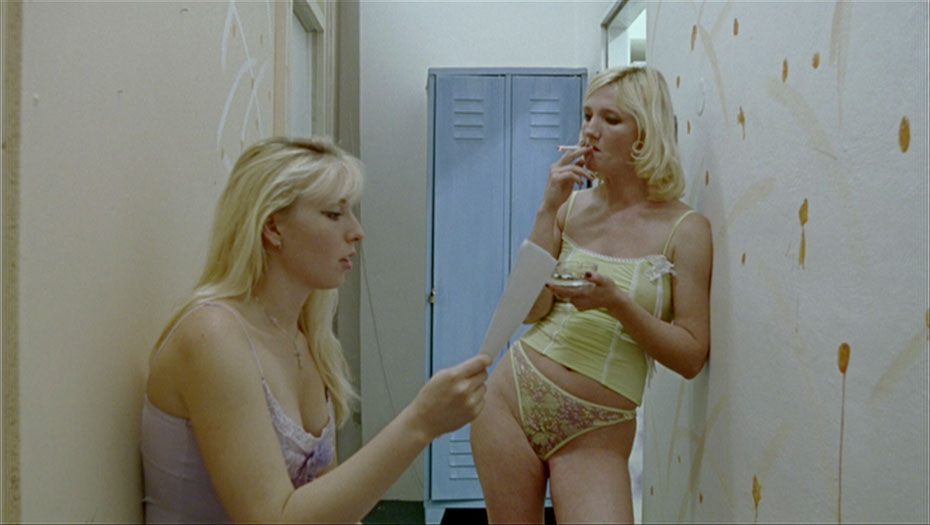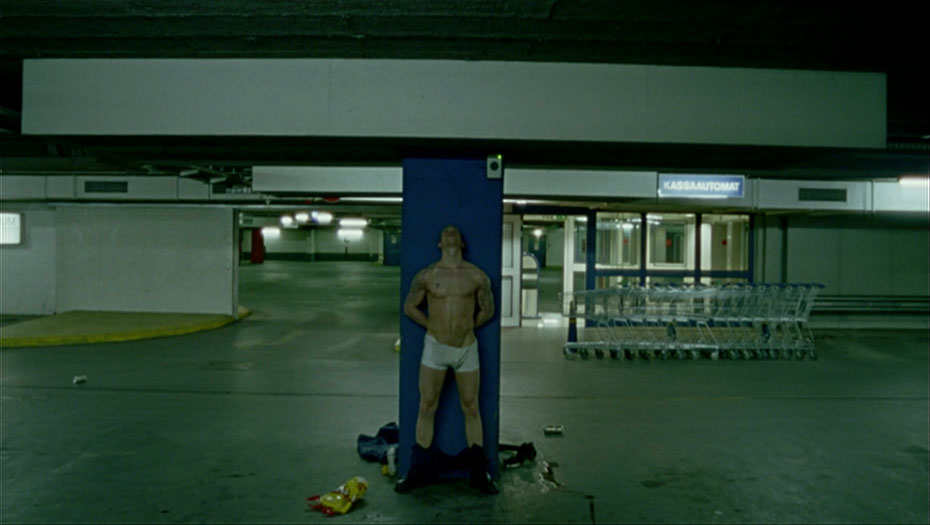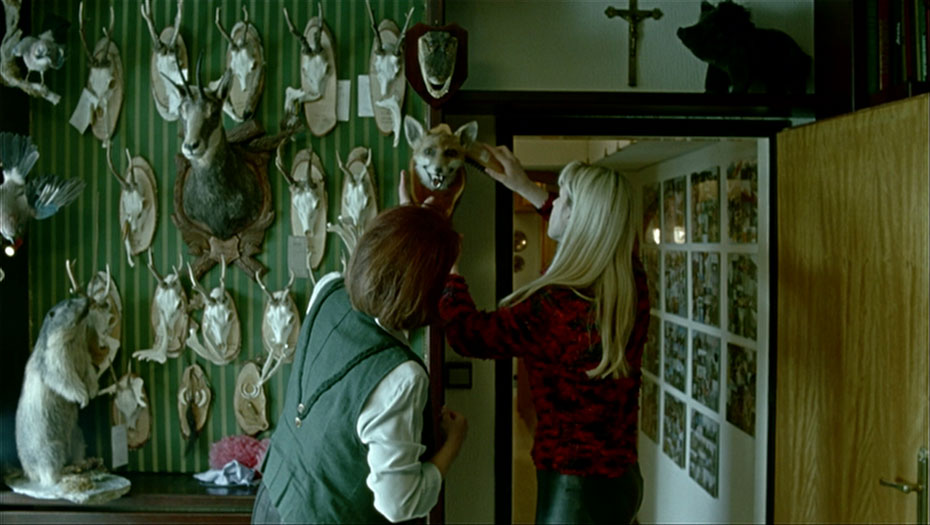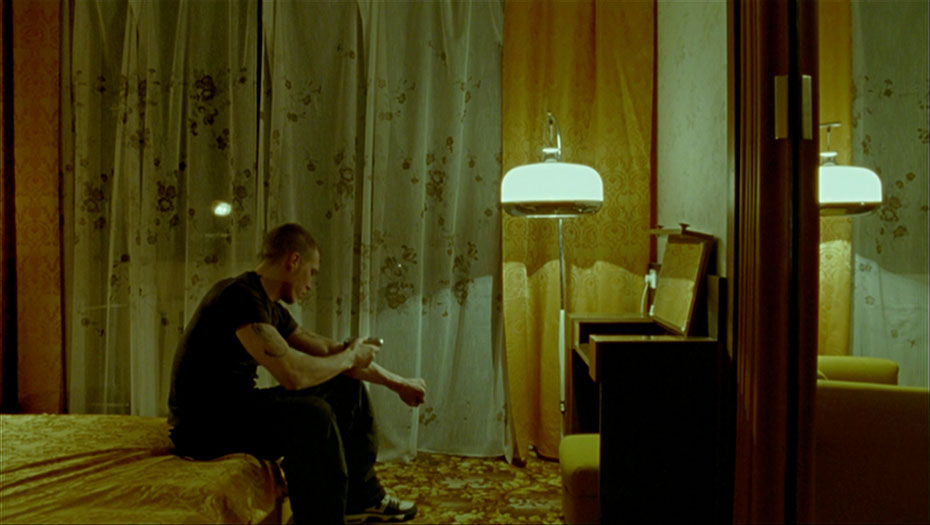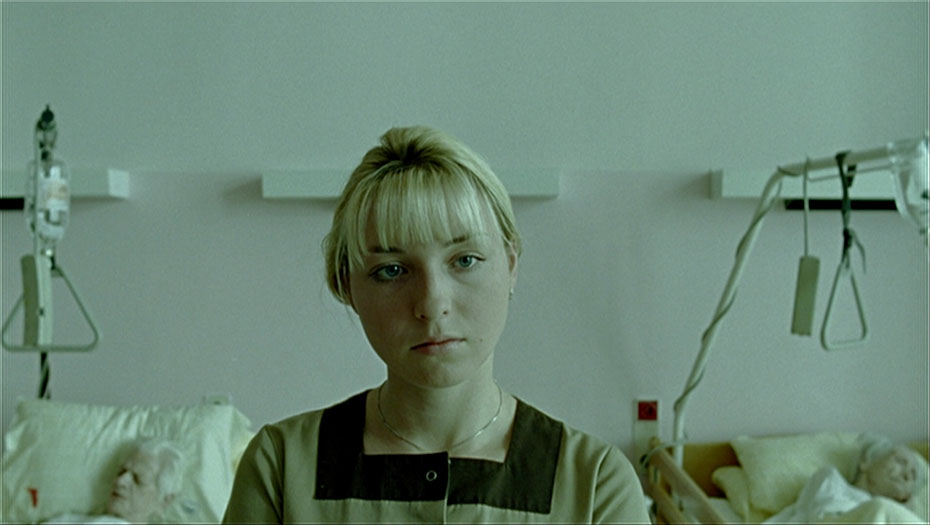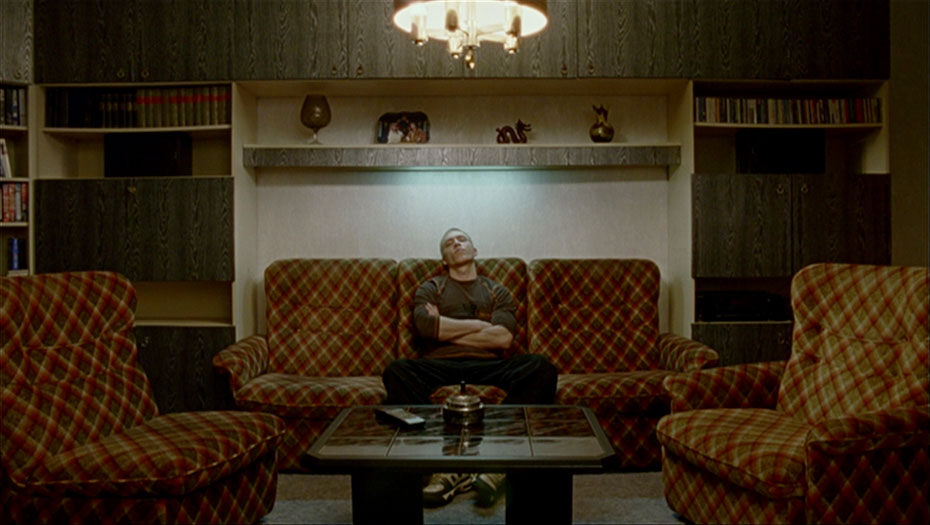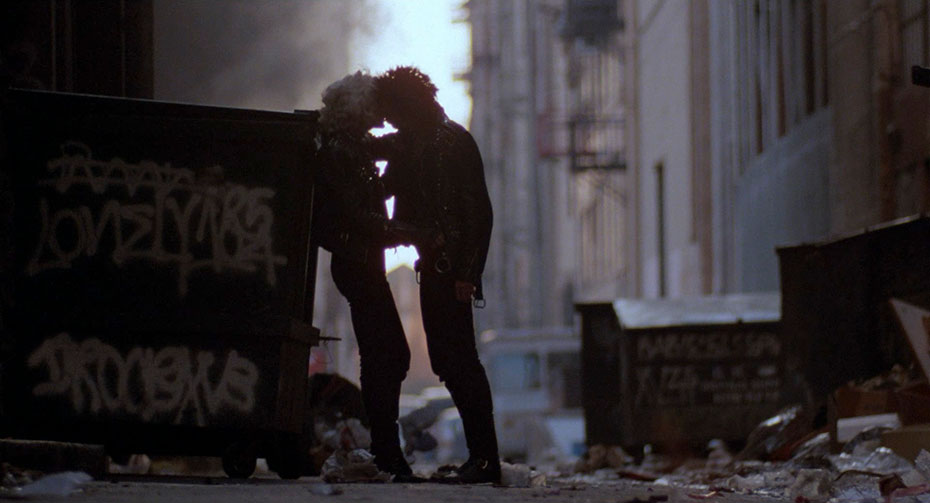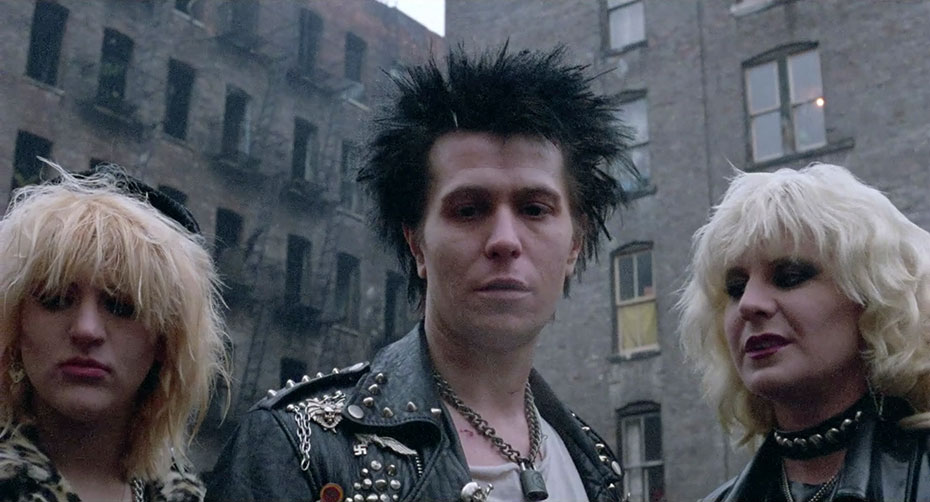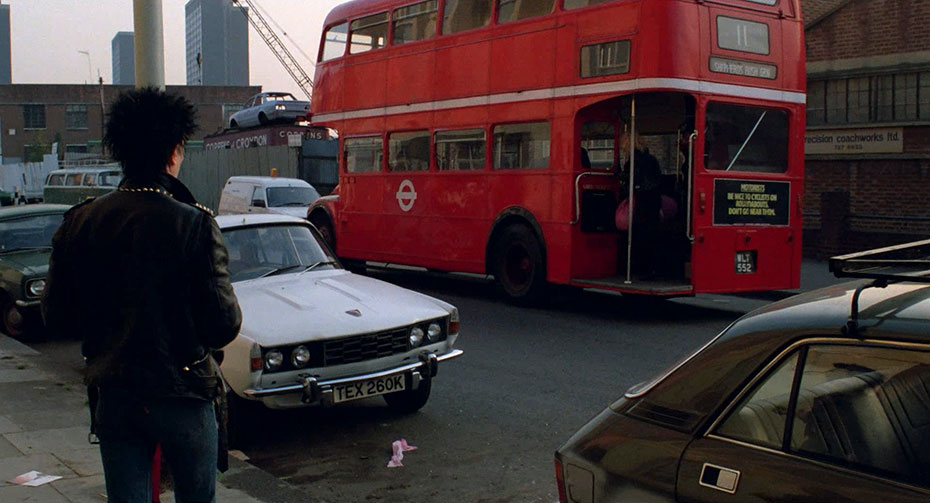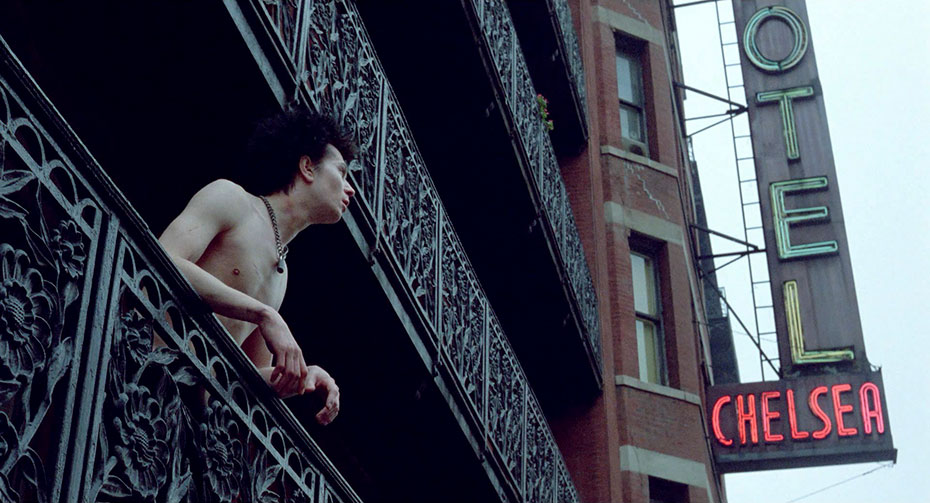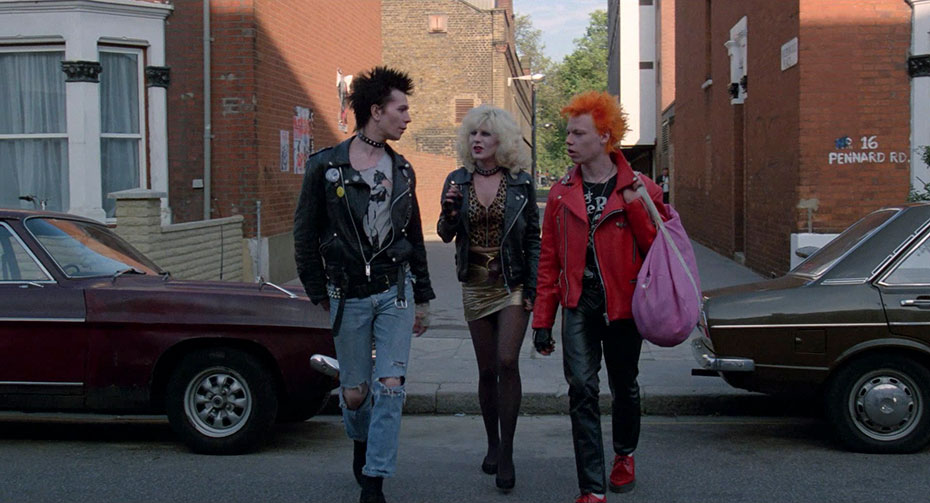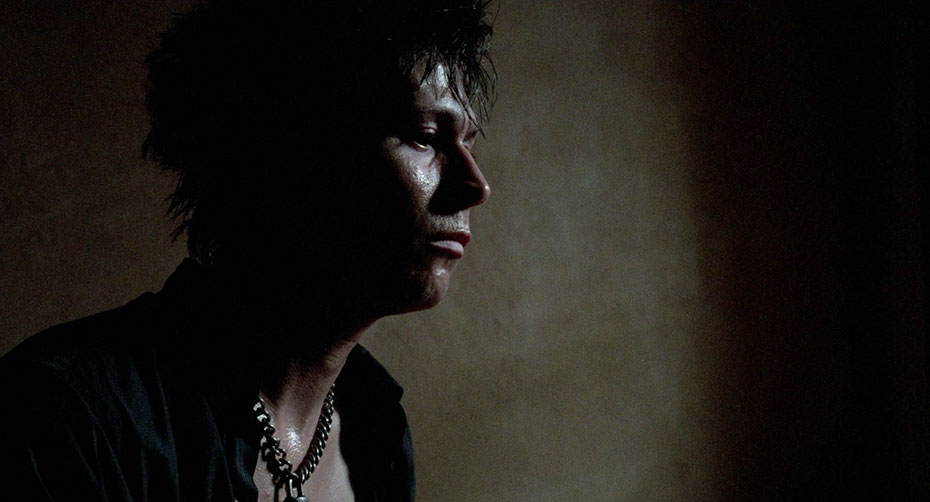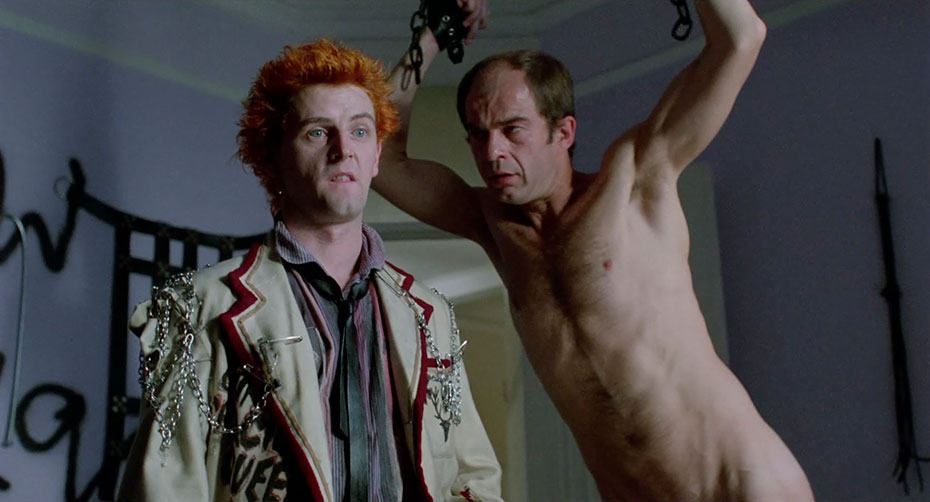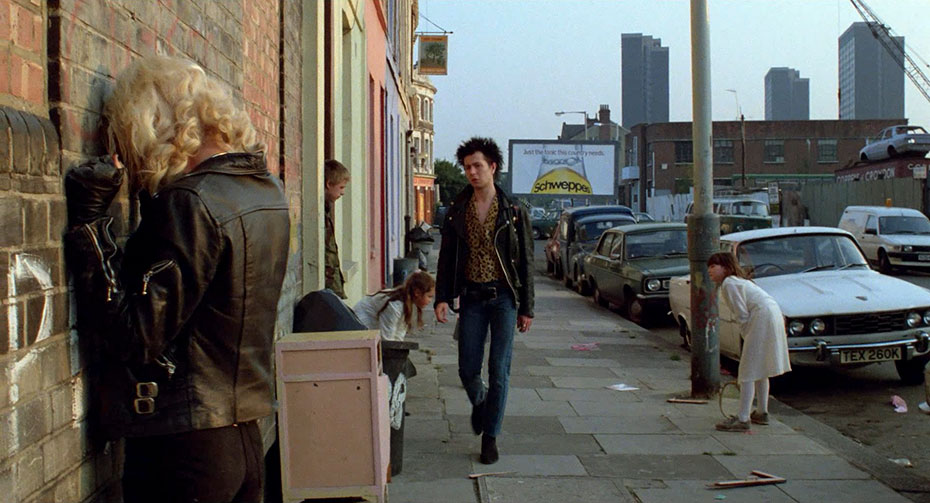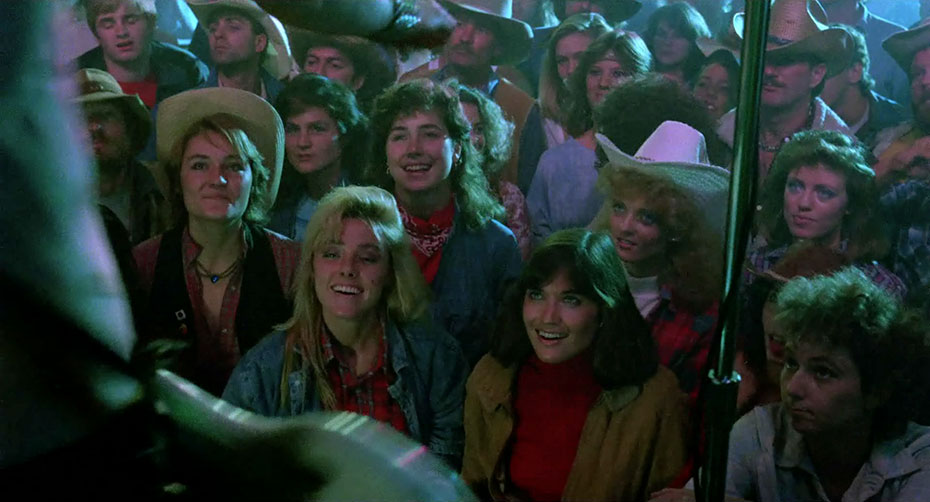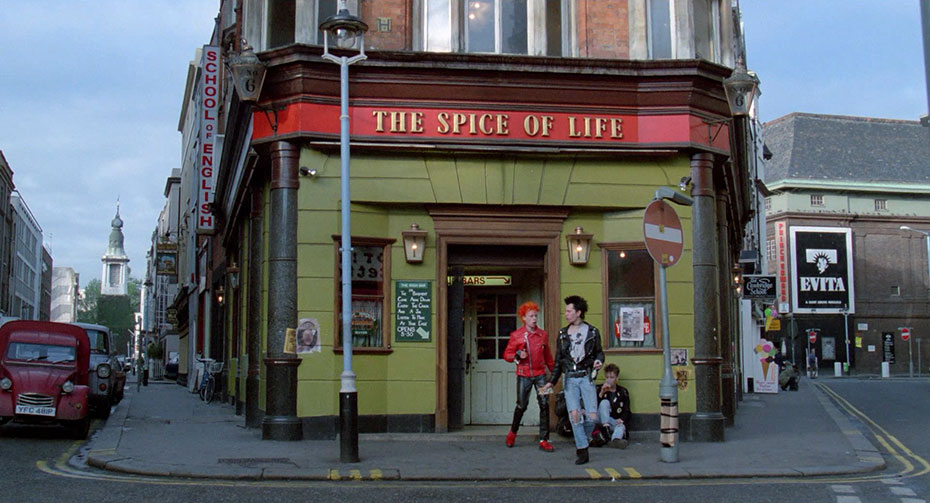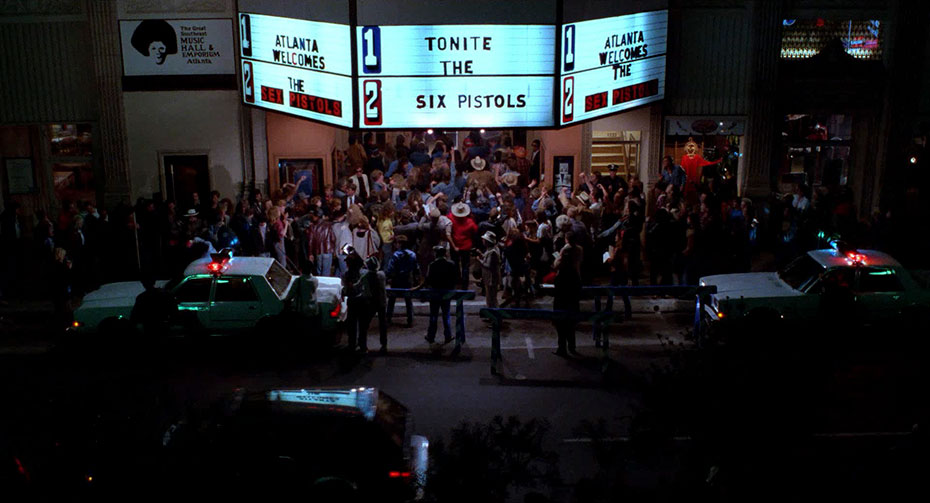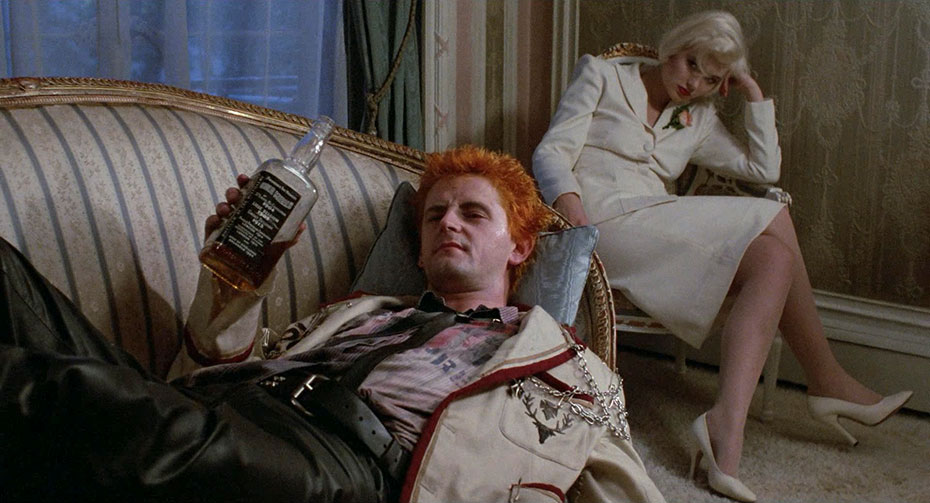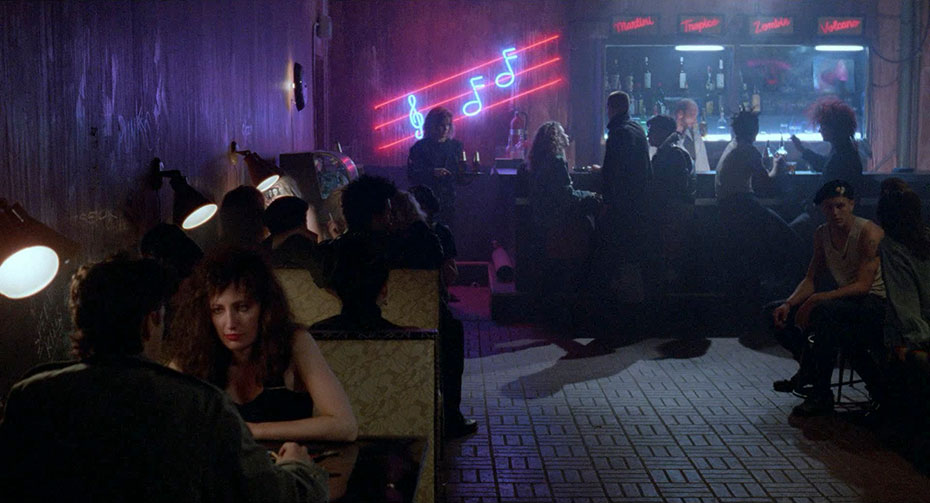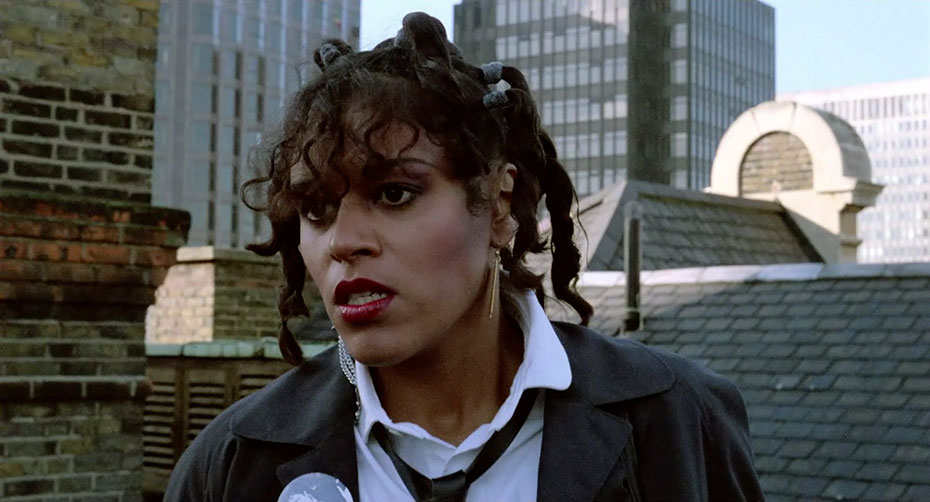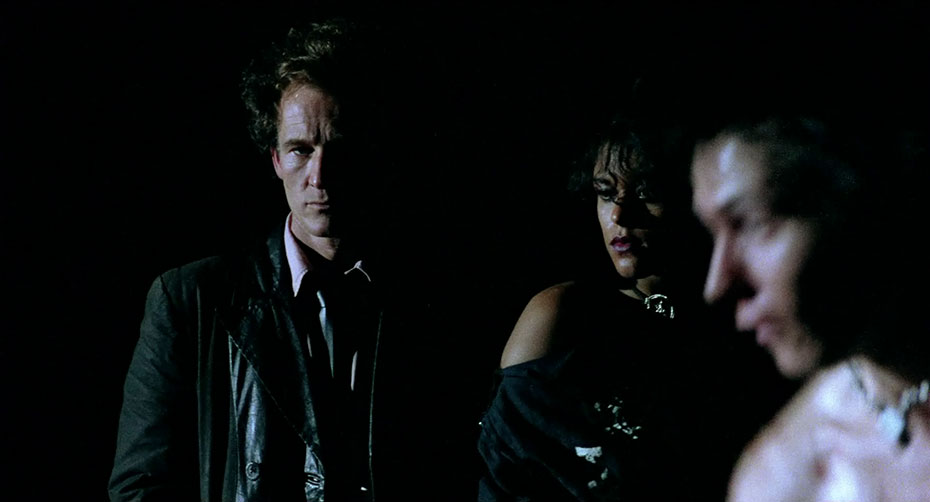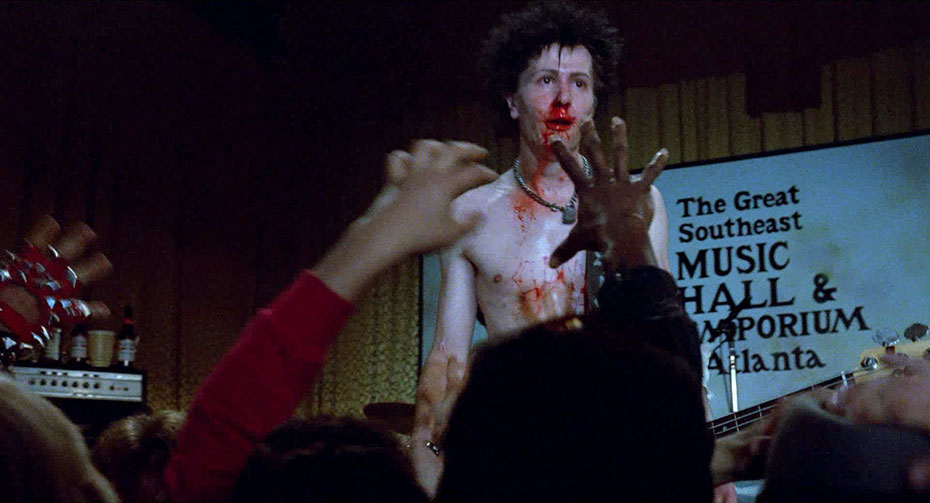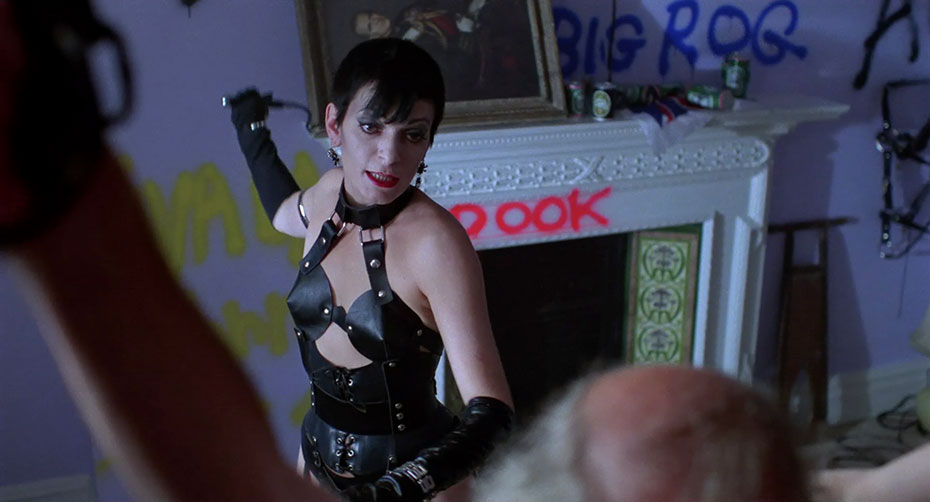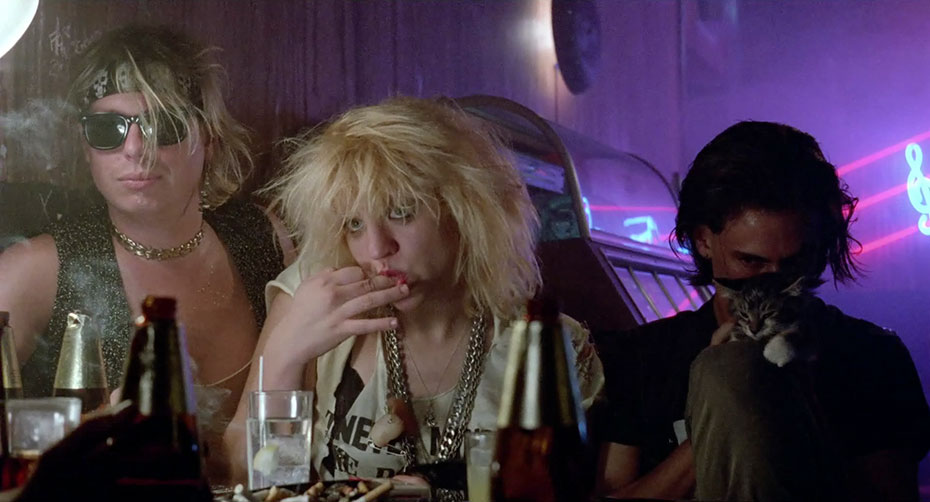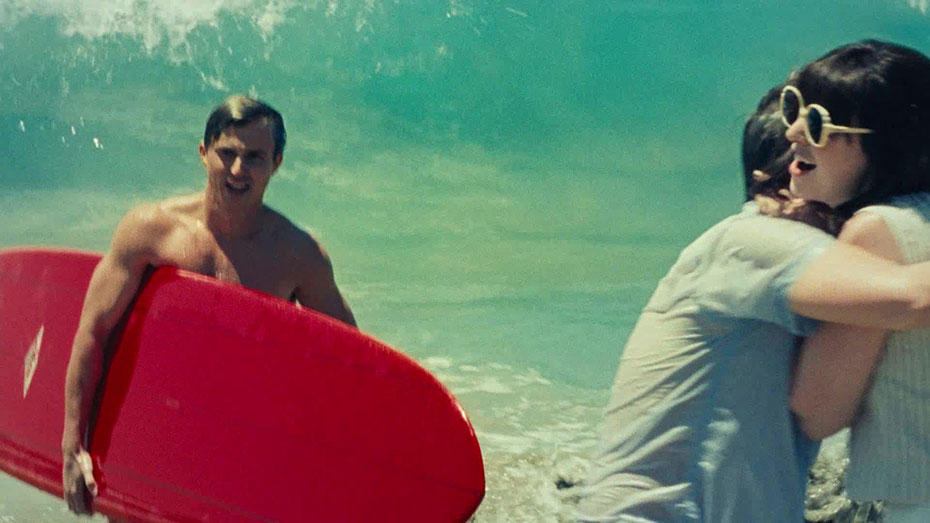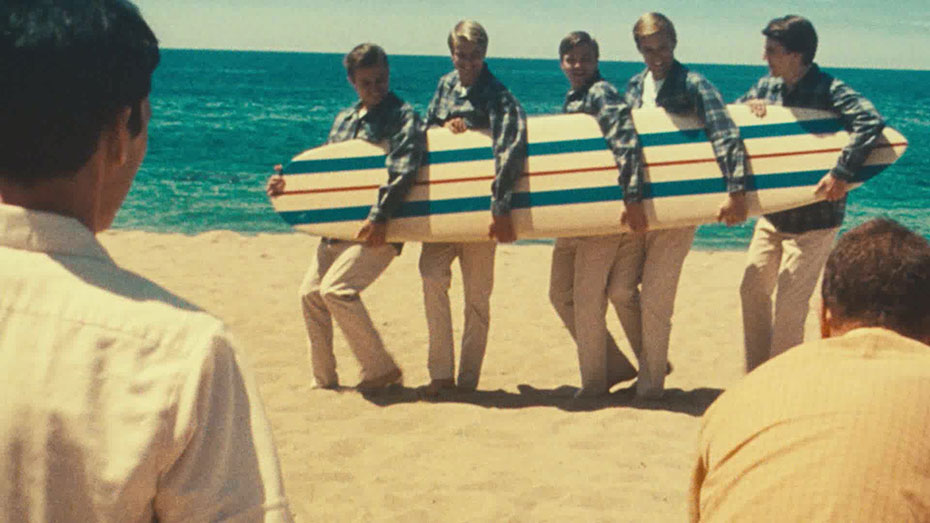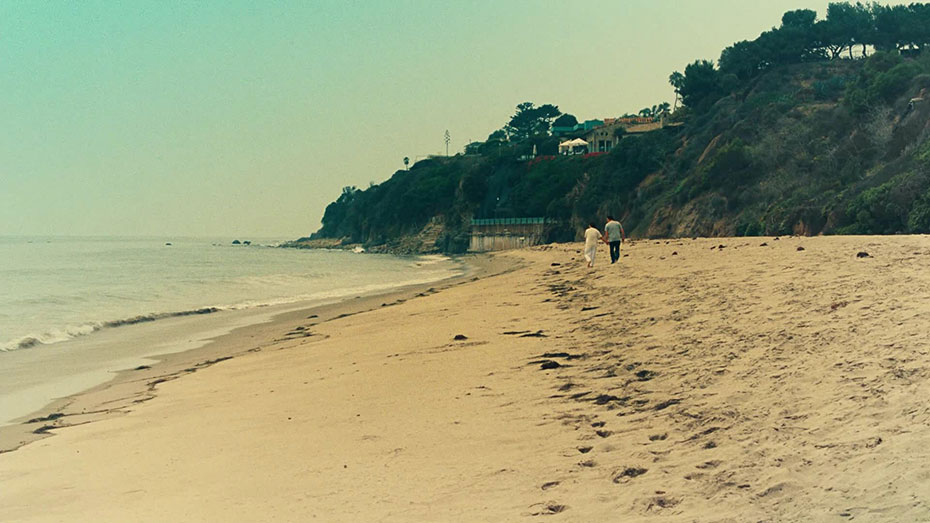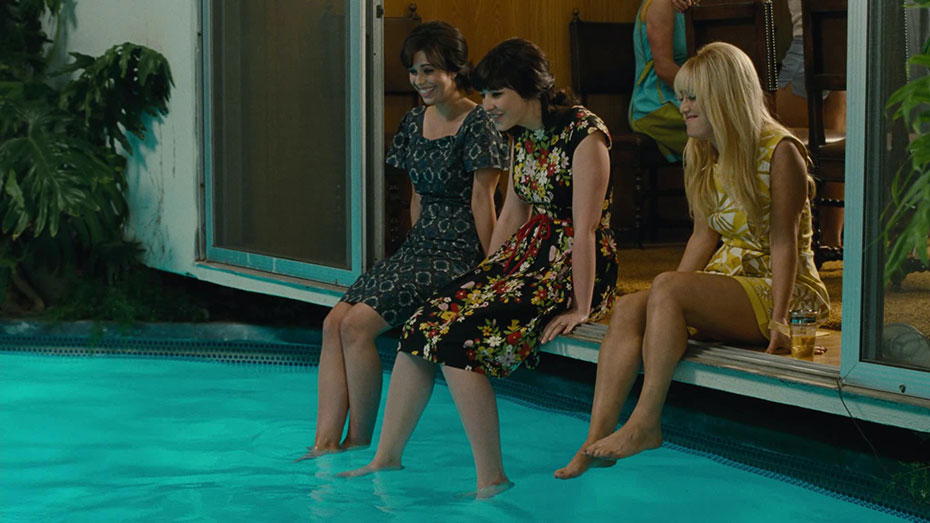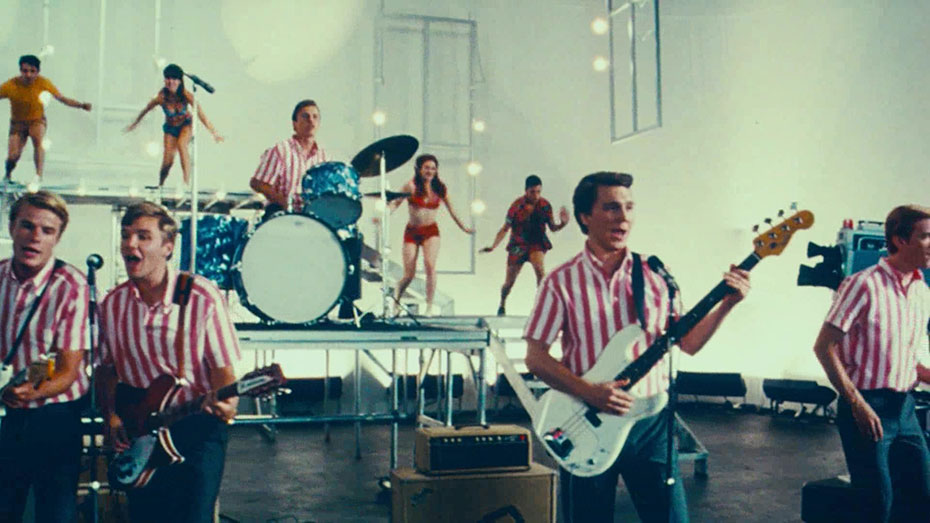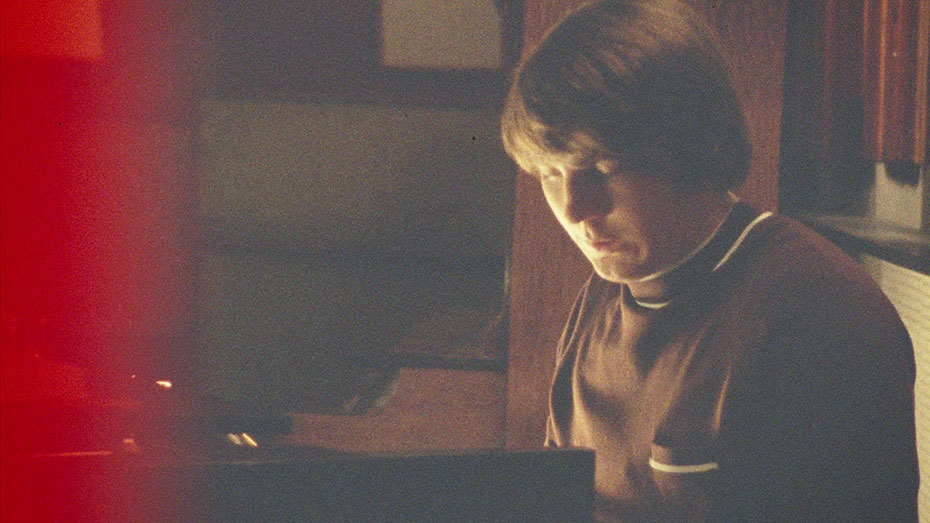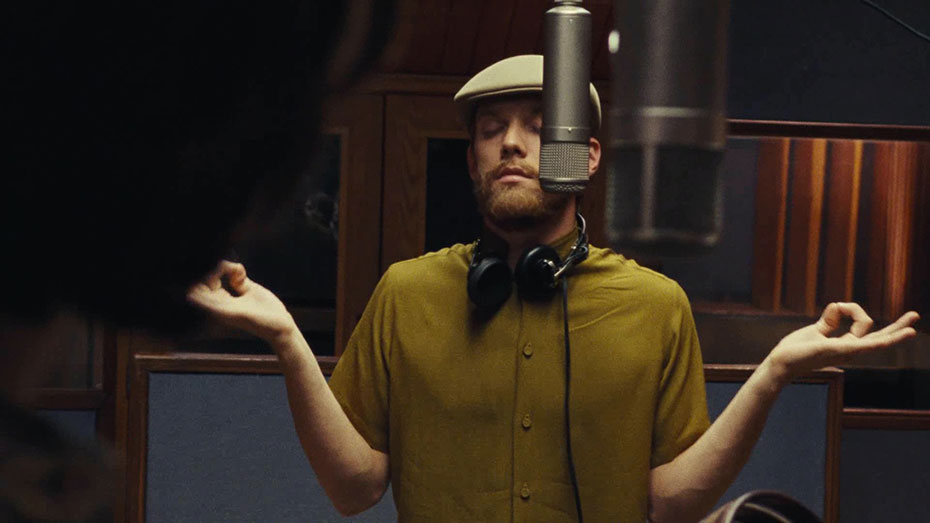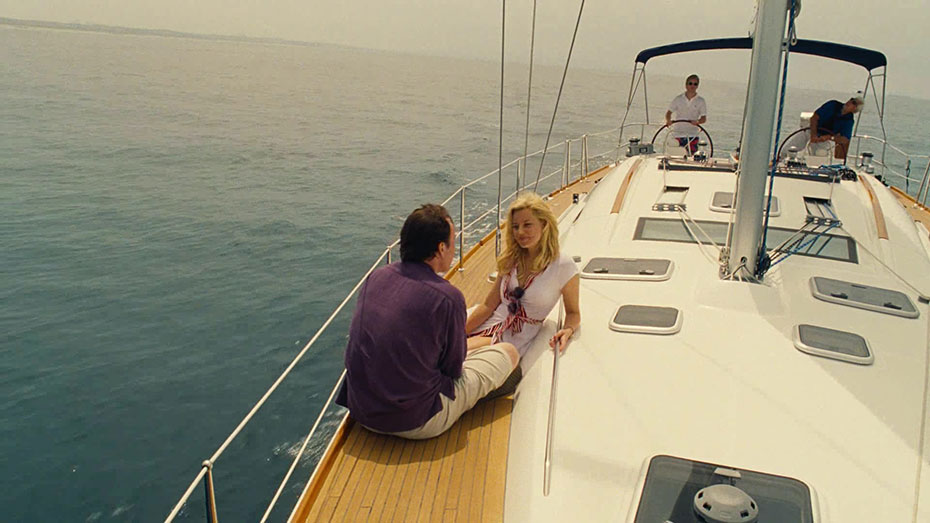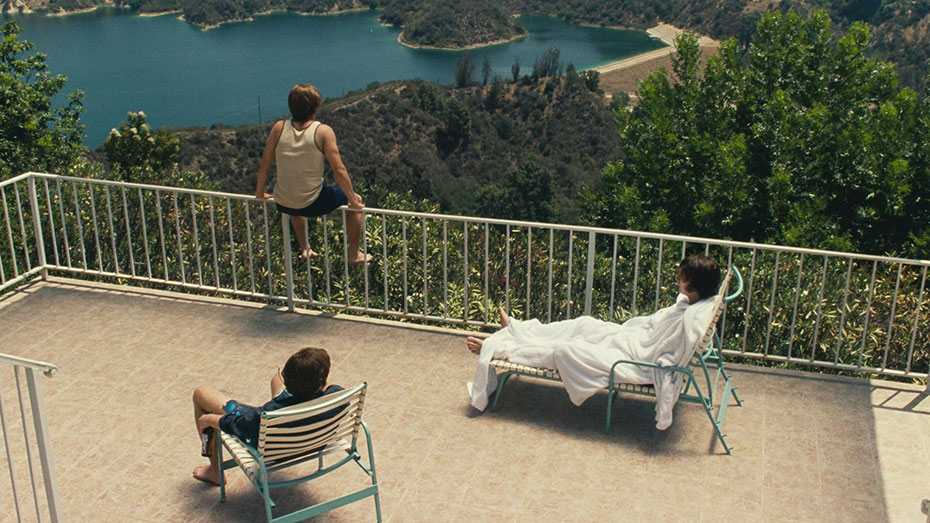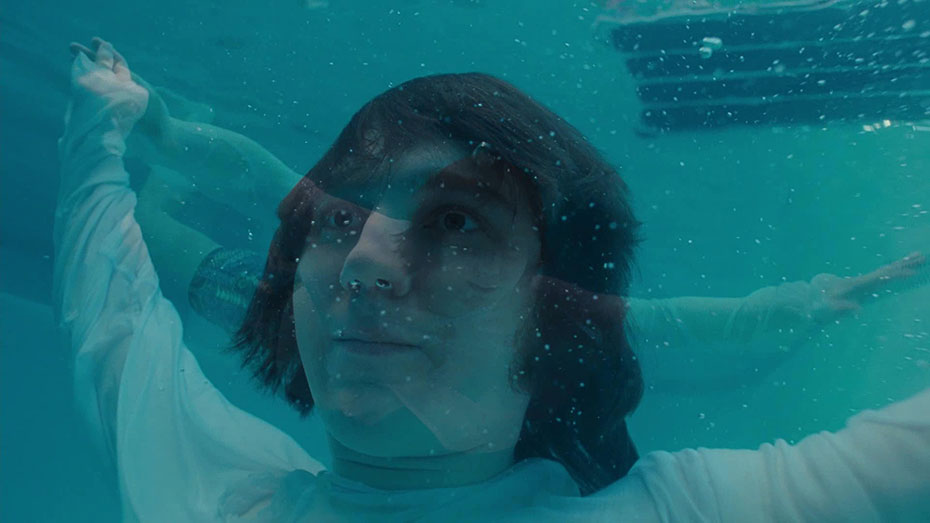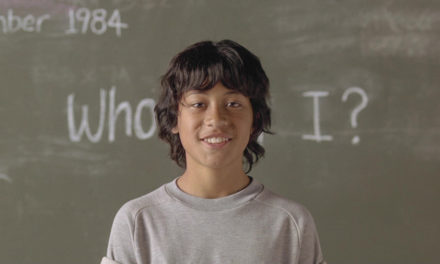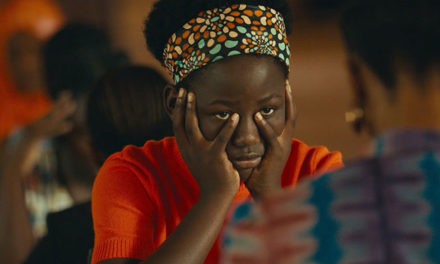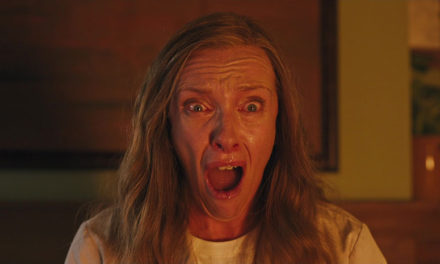THE TUESDAY DROP – 7/20
07.20.21 / New Shots
TENET (2020)
Christopher Nolan’s eleventh feature film, TENET, is a sci-fi action thriller starring John David Washington, Robert Pattinson, Elizabeth Debicki and Dimple Kapadia. It follows a secret agent who is sent to prevent the onset of World War III by travelling through time and bending the laws of nature. The film was nominated for two Academy Awards, winning for Best Visual Effects. Nolan worked on the film with Dutch-Swedish cinematographer Hoyte van Hoytema, who he previously collaborated with on Dunkirk and Interstellar. They chose to shoot the movie on 65mm film stock, using IMAX cameras as well as the Arriflex 765 and the Panavision 65. They had to move away from shooting with IMAX cameras during dialogue scenes, due to the loudness of the camera, but were able to use the same film stock throughout production. The film’s “time inversion” sequences were often shot twice, both forwards and backwards. The movie was also shot on location in over seven countries, making it one of the most ambitious productions of Nolan’s career. In spite of this, Nolan and van Hoytema wanted the film to almost have a documentary-like feel in its lighting strategy, and they often opted to shoot purely with natural light and practical lights, over something more composed.
TRAINING DAY (2001)
TRAINING DAY is a 2001 American crime drama directed by Antoine Fuqua and starring Denzel Washington and Ethan Hawke. The film follows a rookie police officer who is escorted by a LAPD narcotics detective on a brutal 24 hour training day. Both Hawke and Washington were nominated for Academy Awards for their performances, with Washington winning for Best Actor. Fuqua worked with cinematographer Mauro Fiore on Training Day. Fiore had previously worked with filmmakers such as Janusz Kaminski and Robert Greenwald, but this was his first collaboration with Fuqua. Fuqua’s top priority in bringing the script (written by David Ayer) to life was to authentically portray inner-city Los Angeles. Fuqua secured permission from local gang members to film much of the movie at the Imperial Courts housing projects in Watts. Many local residents and gang members were featured as background actors. Fiore’s visual style was in service of this authenticity. The film was shot on anamorphic lenses in a 2.39:1 aspect ratio to put Los Angeles on display, making the city as much of a character as the people within it.
BOHEMIAN RHAPSODY (2018)
BOHEMIAN RHAPSODY is a 2018 biographical musical following the band Queen and its frontman Freddie Mercury (born Farrokh Bulsara) from the formation of the band through to their 1985 Live Aid performance at the original Wembley Stadium. The film was mostly directed by Bryan Singer, who left during production and was replaced by Rocketman director Dexter Fletcher. The film was nominated for five Academy Awards, winning for Best Actor (Rami Malek), Best Film Editing, Best Sound Editing and Best Sound Mixing. Newton Thomas Sigel, who worked with Singer on films such as The Usual Suspects and the X-Men franchise, served as the film’s cinematographer. Sigel studied archival footage of Queen to come up with the visual language for the film. He shot the scenes showing the early days of Queen with an ARRI Alexa SXT, using Cooke Panchro lenses and a warmer LUT to evoke a sense of the period and the optimism of the band. These “early days of Queen” scenes were also shot almost entirely hand-held. As the film moved into Queen’s years of stardom, Sigel switched to the large format Alexa 65, with a colder, more clinical LUT and heavy use of dollies, cranes and steadicam.
WINGED MIGRATION (2001)
WINGED MIGRATION is a documentary by Jacques Cluzaud, Michel Debats and Jacques Perrin (who was also one of the writers and narrators), showcasing the epic migrations routinely made by birds during the winter. Winged Migration was nominated for an Academy Award in 2003 for Best Documentary Feature. The movie was filmed on all seven continents over the course of four years, largely with aerial footage. The goal of the filmmakers was to make the audience feel like they were flying alongside the birds on their epic journey. The production required over 450 people, with 14 different cinematographers and 17 pilots. Most of the aerial footage for Winged Migration was taken on “tame” birds. The filmmakers also raised birds of several species from birth, exposing them to cameras and training them to fly along with the film crews. Film was shot from ultralights, paragliders, hot air balloons, trucks, motorcycles, boats, remote-controlled robots, and a French Navy warship. The mammoth effort was in the end spoken about by its producer as neither documentary nor fiction, but rather a “natural tale”, whose extraordinary behind-the-scenes efforts were captured in the documentary Le Peuple Migrateur – Le Making Of.
RESTLESS CITY (2011)
Andrew Dosunmu’s 2011 drama RESTLESS CITY follows a West African immigrant living in Harlem who meets and falls in love with a sex worker. Dosunmu has a background as a photographer, and this became the basis of his collaboration with cinematographer Bradford Young, with whom he would go on to make Mother of George. Dosunmu and Young wanted to convey the intensity and chaos of the streets of New York for Restless City. William Klein’s New York photography was an important reference in this regard. Dosunmu and Young decided to film the movie with long lenses and increased depth of field in order to always include foreground and background elements in the frame. With bold frames and a textured visual language, Restless City is a rich and complex portrayal of life in New York City for those who live in it feeling like outsiders.
MR. SMITH GOES TO WASHINGTON (1939)
Frank Capra’s 1939 political comedy-drama MR. SMITH GOES TO WASHINGTON stars James Stewart as a naive young man who is appointed to fill a vacancy in the United States Senate, and becomes involved in a battle against a corrupt political system. The film was based on Lews R. Foster’s unpublished story The Gentleman from Montana, as well as the life of Montana Senator Burton Wheeler. Mr. Smith Goes to Washington was nominated for eleven Academy Awards, winning for Best Original Story. It was also one of the first 25 films selected for preservation in the US National Film Registry in 1989. Capra worked on the film with American cinematographer Joseph Walker. The pair had previously collaborated on films such as Lady for a Day, It Happened One Night and Mr. Deeds Goes to Town. They would go on to make 20 films together over the course of their careers. Though the film was shot almost entirely on sets, Capra and Walker went to great lengths to ensure that the film would feel as authentic as possible. Capra ensured that elaborate sets including Senate committee rooms, cloak rooms, hotel suites and D.C. monuments were all built with exacting detail for the film. Though Mr. Smith Goes to Washington was controversial upon release, it has since gone on to be recognized as one of America’s greatest ever films.
DEAD CALM (1989)
Philip Noyce’s 1989 film DEAD CALM is an Australian psychological thriller starring Sam Neill, Nicole Kidman and Billy Zane. The film is based on the 1963 novel of the same name by Charles Williams (which Orson Welles tried to adapt into a film called The Deep). Dead Calm follows a married couple who, after suddenly losing their son, take their yacht out for an extended trip. While at sea, they come across a stranger who has abandoned a sinking ship. Dead Calm was filmed over a 6 month period in Australia’s Whitsunday Islands. The film was shot by Australian cinematographer Dean Semler, who was working with Noyce for the first time. Semler had previously worked with Noyce’s friend George Miller on two Mad Max sequels. Noted for its visual beauty, its strong performances and its sense of genuine tension, Dead Calm was a major milestone in the careers of its filmmakers and actors. After Dead Calm, Kidman went on to act in Days of Thunder, Neill worked on The Hunt for Red October, and Semler won an Academy Award for lensing Dances with Wolves.
IMPORT/EXPORT (2007)
IMPORT/EXPORT is a 2007 drama film from Austrian filmmaker Ulrich Seidl. The film follows a nurse from Ukraine searching for a better life in the West, and an unemployed security guard from Austria heading east for the same reason. Import/Export was nominated for the Palme d’Or at the 2007 Cannes Film Festival. Seidl worked with two cinematographers on the film –Wolfgang Thaler, who worked on Seidl’s film Dog Days, and Ed Lachman (Far From Heaven, The Virgin Suicides), who approached Seidl to work with him after seeing his work at the 2004 Viennale retrospective. They split the work so that Thaler was responsible for the camerawork, while Lachman was responsible for the lighting. Walking the line between fiction and non-fiction, Import/Export often took place in real locations with real people in difficult and confronting circumstances, making the film a jarring and powerful experience to sit through.
SID & NANCY (1986)
SID & NANCY is a 1986 British biographical film following the life of Sex Pistols bassist Sid Vicious and his girlfriend Nancy Spungen. The film was directed by Alex Cox, and starred Gary Oldman and Chloe Webb. Sid & Nancy premiered at the 1986 Cannes Film Festival, and has since gone on to develop a cult following. Cox worked on the film with British cinematographer Roger Deakins. Sid & Nancy was one of Deakins’ first dramatic projects. He was asked to work on the film based on his camerawork on several rock music documentaries. Filmed with a low budget and a tight schedule, Deakins and Cox ended up shooting much of the movie hand-held as the cast and crew made things up on the fly. This includes the iconic shot of Sid and Nancy kissing in an alley as garbage rains down from above. The shot was conceived by Cox, screenwriter Abbe Woo and Deakins while they were together in a car. They decided to shoot the scene that evening, but Deakins had to find a camera that could shoot at the 120 frames per second needed. After six or seven takes where the camera jammed, Deakins was able to finally shoot one take where the camera ran enough film to capture the shot – and that was what made the final cut.
LOVE & MERCY (2014)
LOVE & MERCY is a 2014 American biographical film about Beach Boys lead singer Brian Wilson and his struggles with mental illness through the 1960s and 80s. The film was directed by Bill Pohlad, who was returning to the director’s chair 25 years after his debut, Old Explorers (Pohlad had mostly worked as a producer on films such as Brokeback Mountain, Into the Wild, The Tree of Life and 12 Years a Slave). Pohlad worked on Love & Mercy with American cinematographer Robert Yeoman, who was best known for his long standing collaboration with Wes Anderson. Pohlad and Yeoman decided that they wanted to make the film feel almost like a documentary, and for the visual language of the movie to have a “found footage” quality. To do this, they decided to shoot the film entirely on celluloid – the 60s with Super 16 film, and the 80s on 35mm and 75mm film. With the exception of the 75mm footage, the movie was shot almost entirely hand-held. Pohlad would keep Yeoman away from rehearsals on set, in order to take away any preconceived notions of how to film scenes. By never knowing exactly how a scene would play out, Yeoman had to find his frames as the camera was rolling, giving the movie an organic, documentary-like feel.

